Industrial dining rooms have become a bold trend, blending the rugged charm of raw materials with a modern, minimalist aesthetic. Imagine dining spaces defined by exposed brick, concrete floors, and steel-framed windows that create a uniquely urban vibe. These rooms capture attention with their unapologetically unfinished look while maintaining a sophisticated edge. Whether it's the striking pendant lights, sleek metal chairs, or wooden tables with metal accents, these 20 cool industrial dining room ideas exude both functionality and style. This mix of textures and elements allows for creative freedom, making industrial dining rooms the perfect playground for design innovation.
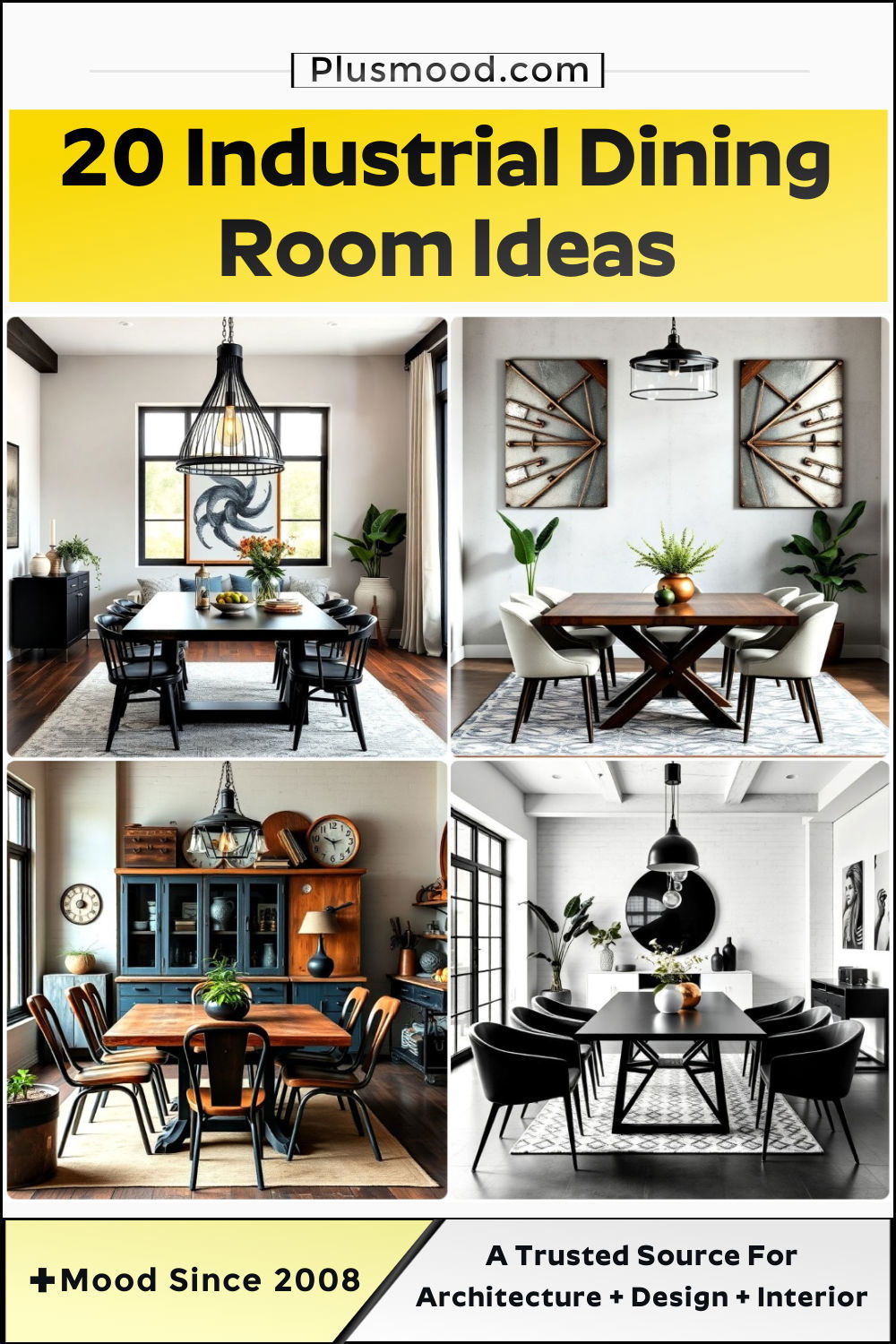
1. Exposed Brick Walls
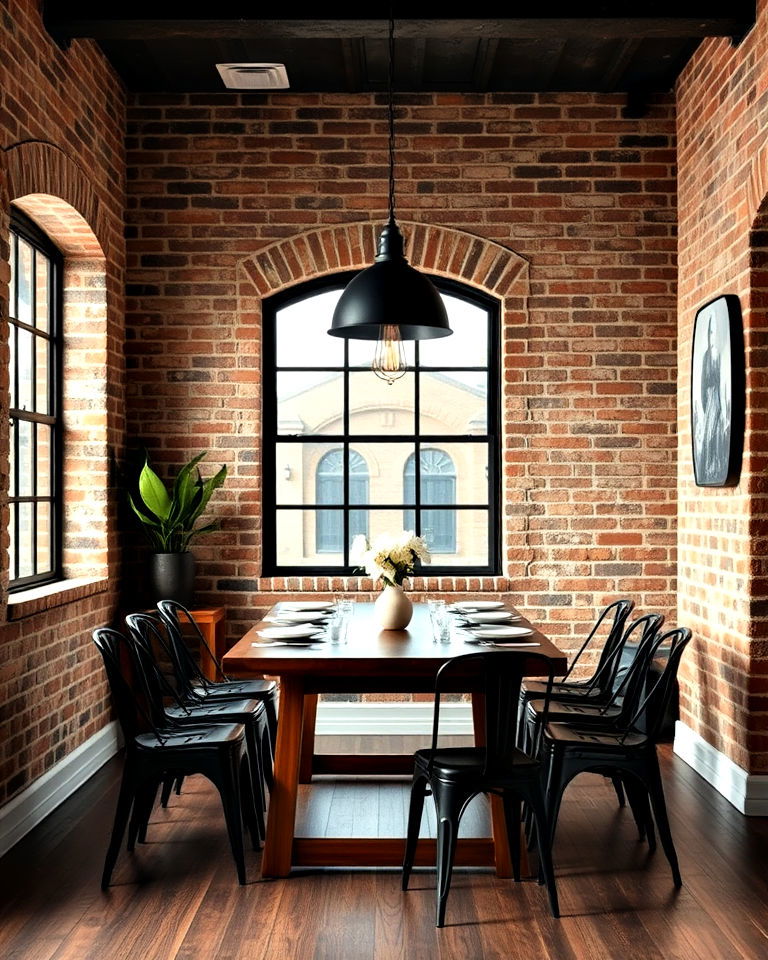
Exposed brick walls, akin to designs in bedroom accent wall ideas, bring a raw, textured element to an industrial dining room. The earthy tones of the brick add warmth while retaining the rough, unfinished look that defines industrial style. Pair the bricks with dark metal lighting fixtures or wooden dining tables to create a cozy yet edgy atmosphere. This combination creates a perfect balance between warmth and modern chic, ideal for casual dining. It's a great way to add character to your dining space without overwhelming the room with too many details.
2. Concrete Flooring
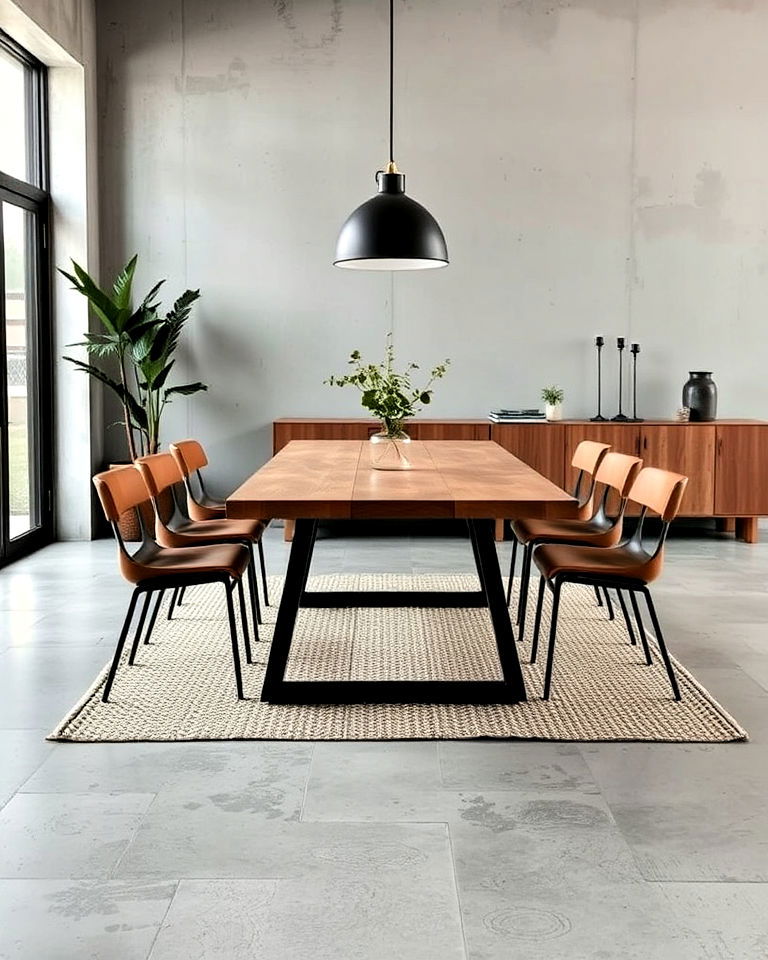
Concrete floors, as seen in concrete floor bedroom ideas, provide a sleek, durable foundation for an industrial dining room. This neutral-toned surface is perfect for complementing other raw materials like wood, steel, and leather. Easy to maintain, it works well in high-traffic areas like dining rooms. You can soften the look by adding a textured rug underneath the dining table, creating a contrast between the hard and soft elements. Concrete also reflects the minimalist aesthetic, giving your dining space an effortlessly cool vibe.
3. Metal Dining Chairs

Explore creative industrial dining room ideas for a stylish, edgy look. Metal dining chairs are a hallmark of industrial design, offering a functional and stylish seating option. Their clean lines and sturdy construction make them a perfect fit for a dining room that embraces simplicity and durability. You can choose between sleek steel finishes or opt for chairs with a worn, patinated look to add character. Pair them with a wooden dining table to balance the coldness of the metal and create a more inviting environment.
4. Wooden Table with Metal Accents
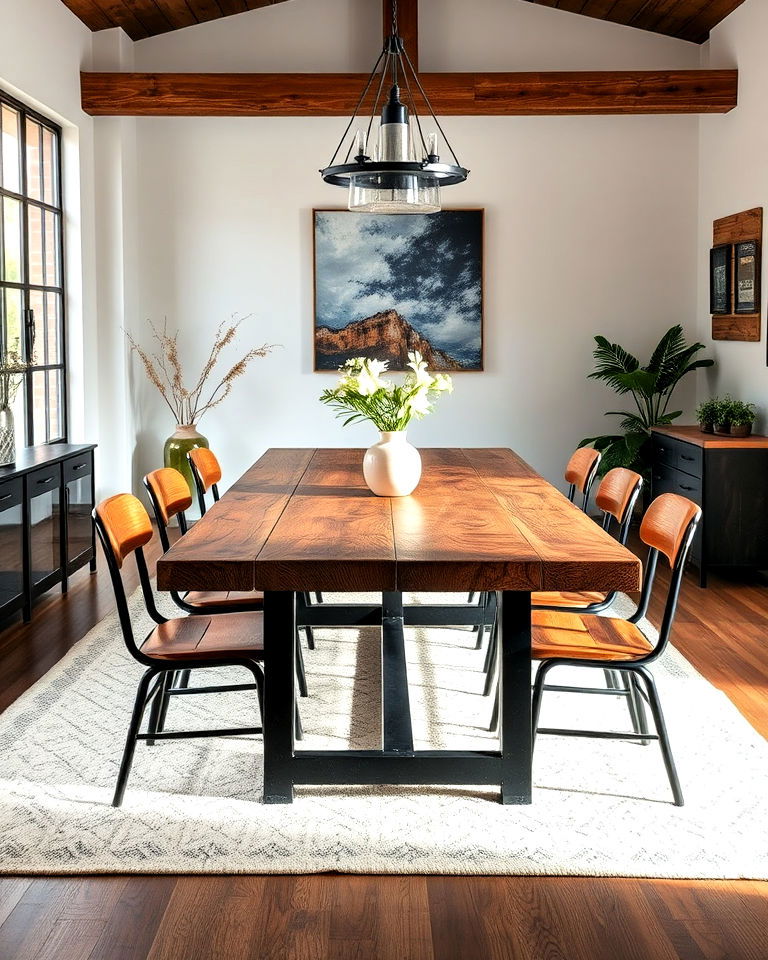
A solid wooden table with metal legs or accents is an essential feature of any industrial dining room. The combination of natural wood grain and sturdy metal creates a rugged yet inviting look. Choose reclaimed wood to emphasize sustainability, or go for polished wood for a sleeker finish. The metal adds structure and an industrial edge, while the wood provides warmth and texture. This mix of materials creates a focal point that grounds the room with a strong, stylish presence.
5. Open Shelving
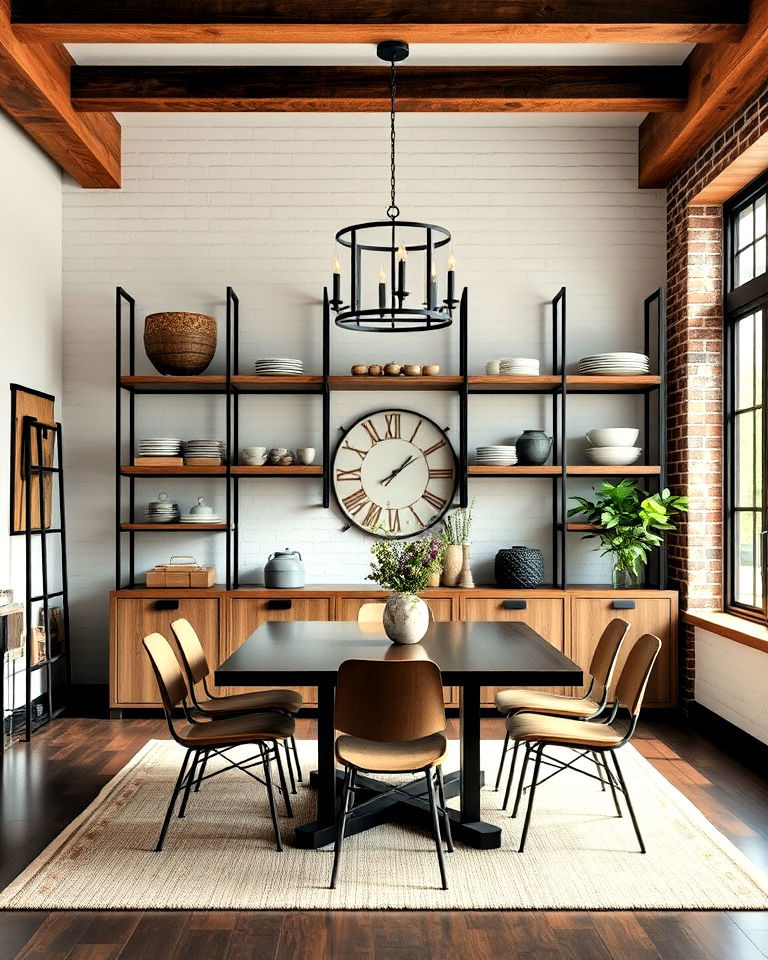
Incorporating open shelving, similar to bedroom shelving ideas, into your dining room is both functional and visually appealing. Industrial-style shelving, often made of metal and wood, offers a practical storage solution while showcasing dinnerware or decor. These open units make the room feel more spacious and airy, as opposed to closed cabinets. Additionally, the mix of textures adds to the industrial vibe, especially when paired with exposed beams or brick walls. It's a great way to keep the room uncluttered yet stylish.
6. Large Pendant Lighting
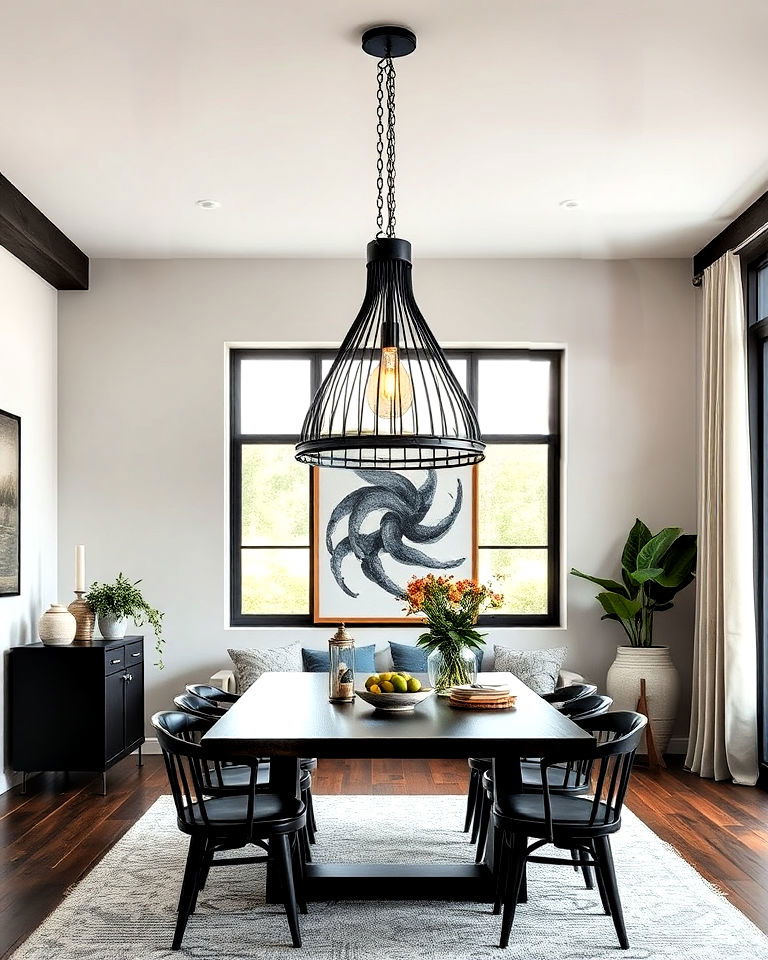
Large pendant lights, as highlighted in bedroom lighting ideas, make a bold statement in an industrial dining room. Often featuring metal or matte black finishes, these lights create a striking contrast against neutral backdrops. Their oversized design provides ample illumination while acting as a centerpiece over the dining table. You can opt for cage-style lights or vintage-inspired Edison bulbs to reinforce the industrial look. Pendant lighting not only brightens the space but also adds a layer of sophistication.
7. Black and White Color Scheme
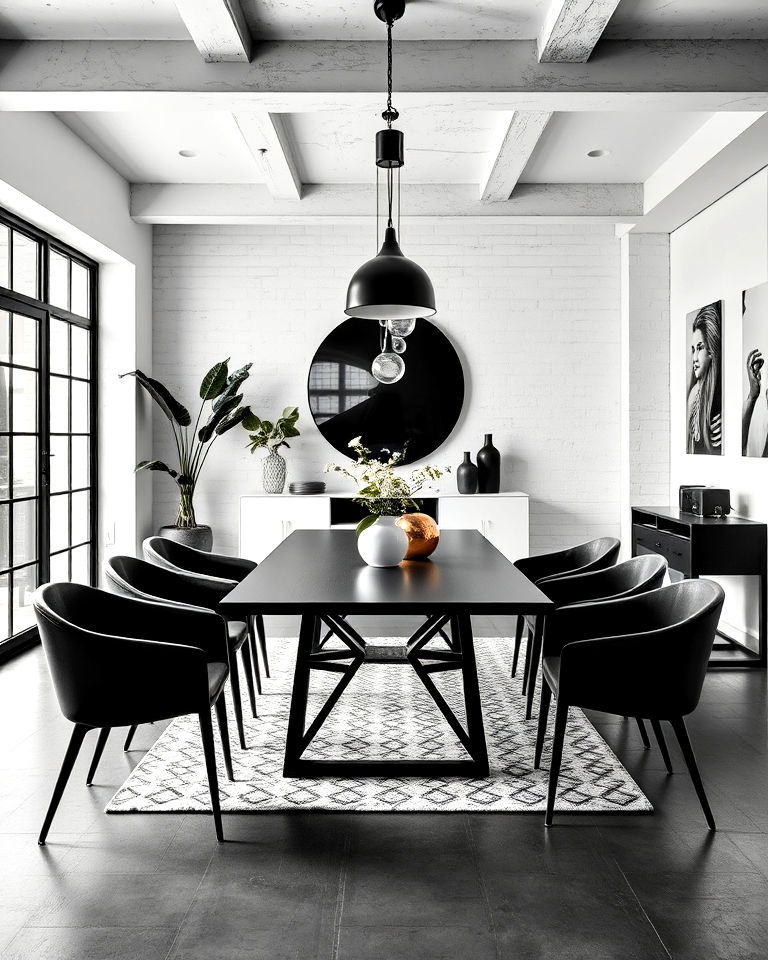
A black-and-white color palette, much like designs in a black and white bedroom, lends a sleek, modern touch to an industrial dining room. The monochromatic tones enhance the raw materials typically used in industrial design, such as metal, concrete, and wood. Black creates depth and drama, while white opens up the space and keeps it feeling fresh. Add some metallic accents or wooden furniture to soften the look and prevent it from feeling too stark or cold. This timeless color scheme is versatile and chic.
8. Steel Framed Windows

Steel-framed windows bring an architectural element to an industrial dining room, offering a grid-like, graphic design that contrasts beautifully with softer materials. These windows provide plenty of natural light, which enhances the raw textures of industrial interiors. The sleek black frames offer an urban, modern feel while still allowing the view and light to take center stage. Whether it's a full wall of windows or smaller accents, steel frames are a striking feature.
9. Leather Upholstery
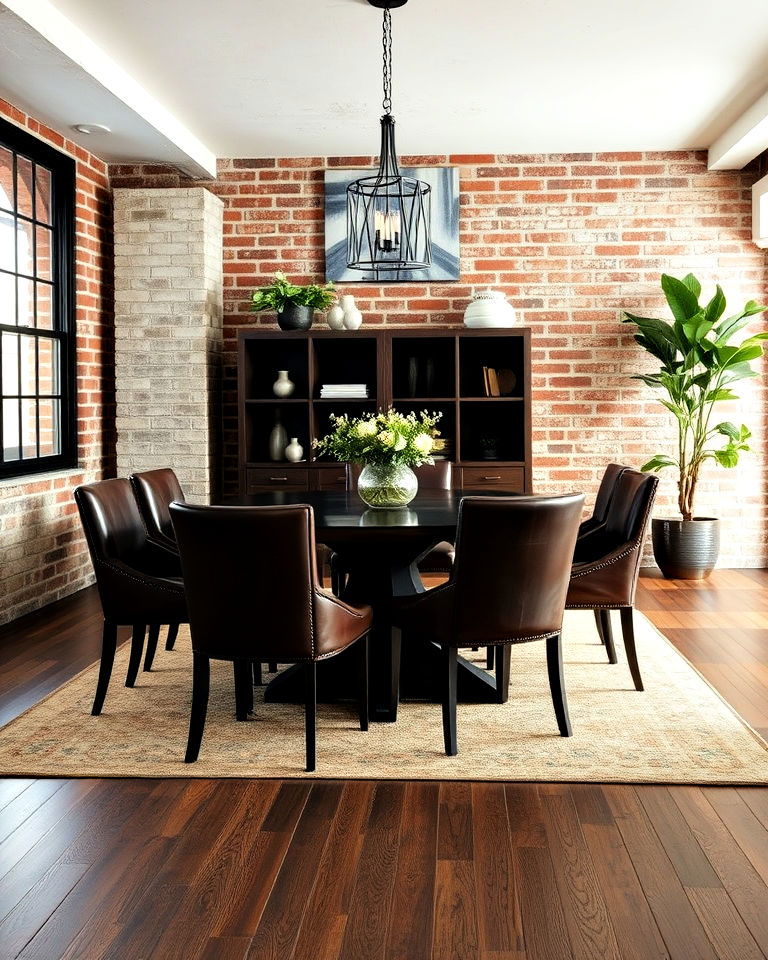
Leather chairs or accents add a luxurious yet rugged texture to an industrial dining room. Choose distressed leather to complement the rawness of exposed brick or concrete, or go for sleek black leather for a more refined look. Leather adds warmth and comfort to an industrial space, balancing out the cooler materials like steel and wood. Whether through seating or accessories, leather is a versatile way to introduce texture and sophistication to your dining room.
10. Exposed Ductwork
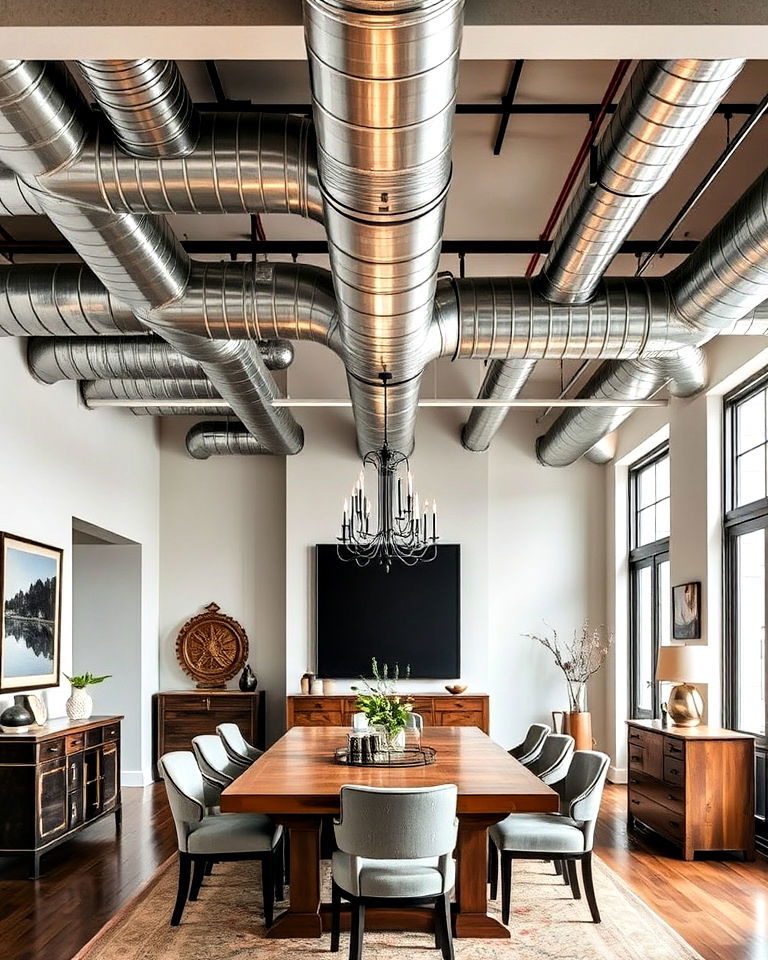
Exposed ductwork is a quintessential element of industrial design, adding an authentic, unfinished feel to your dining room. Rather than concealing the ducts, embrace their structural appeal by leaving them visible. The metallic texture contrasts with the softer furnishings, and the lines created by the ducts can guide the eye upward, making the room feel larger. This raw, utilitarian feature keeps the space in line with the industrial aesthetic, adding a sense of architectural interest.
11. Industrial-Inspired Artwork
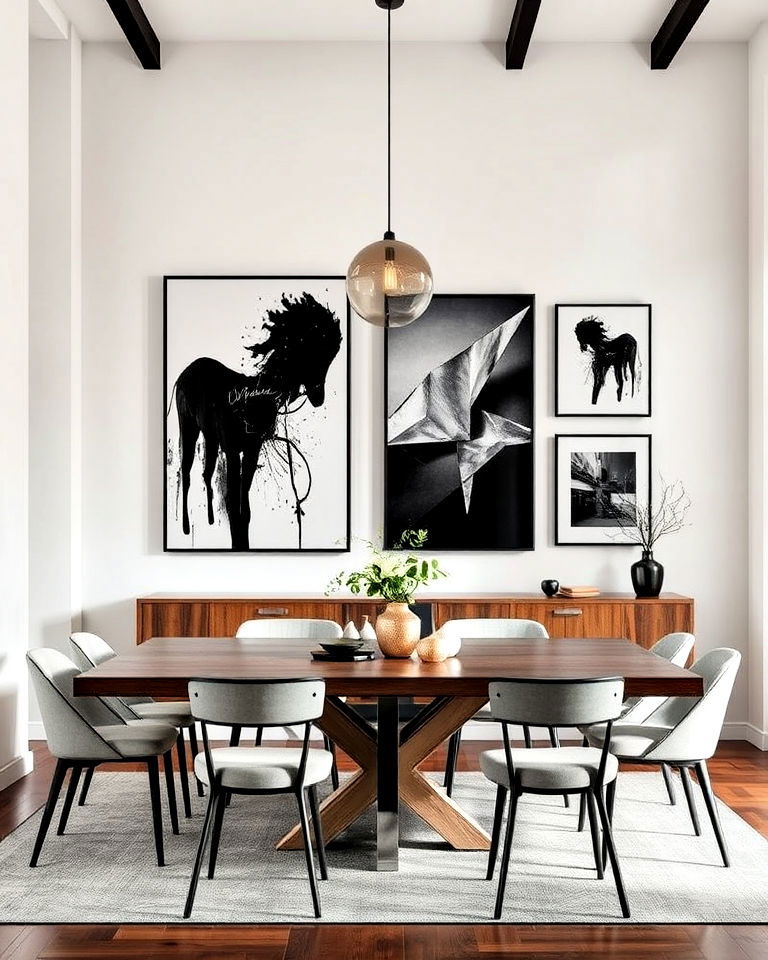
Introduce artwork that reflects the industrial aesthetic, such as black-and-white photography, abstract prints, or pieces featuring metallic elements. Large-scale pieces can enhance the room's minimalist feel, while smaller artworks can add character without overwhelming the space. Choose frames that complement the industrial theme, like metal or distressed wood, to maintain consistency throughout the room. Artwork in industrial dining rooms often leans toward edgy or urban themes, adding depth and personality.
12. Industrial Sliding Doors
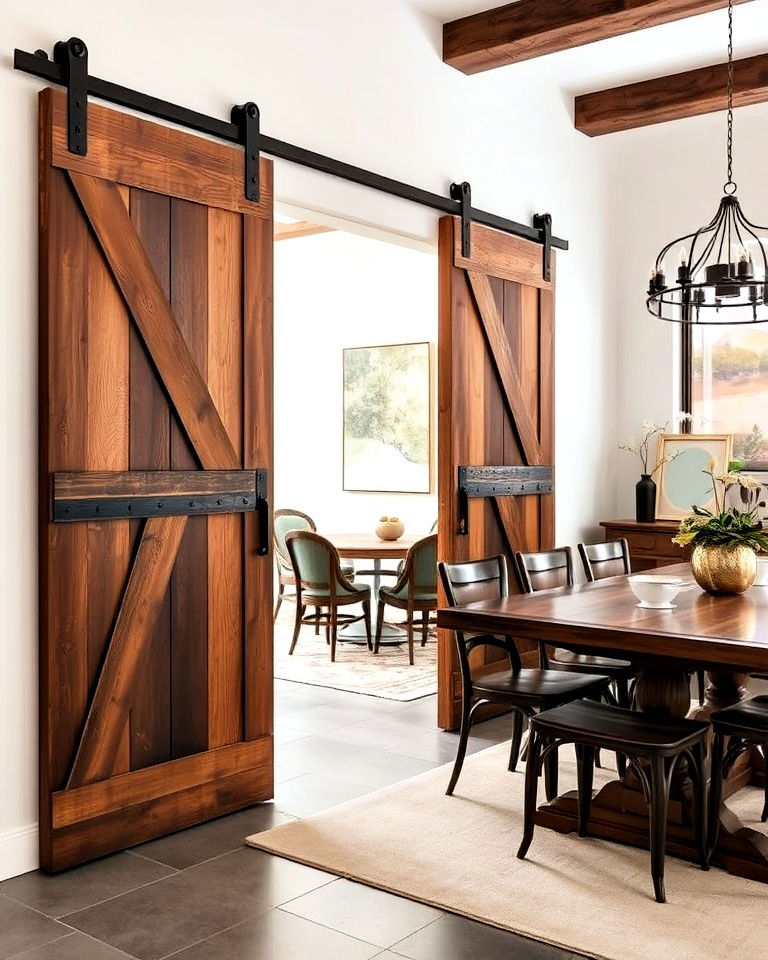
Sliding barn doors made of reclaimed wood or metal are a striking addition to an industrial dining room. These doors not only save space but also introduce a rustic, industrial charm. The exposed hardware and heavy materials create a raw, utilitarian look, blending perfectly with other industrial elements like concrete or exposed brick. Whether you use them as room dividers or as an entryway feature, sliding doors enhance the industrial vibe and add an interesting architectural detail.
13. Concrete or Metal Tabletop
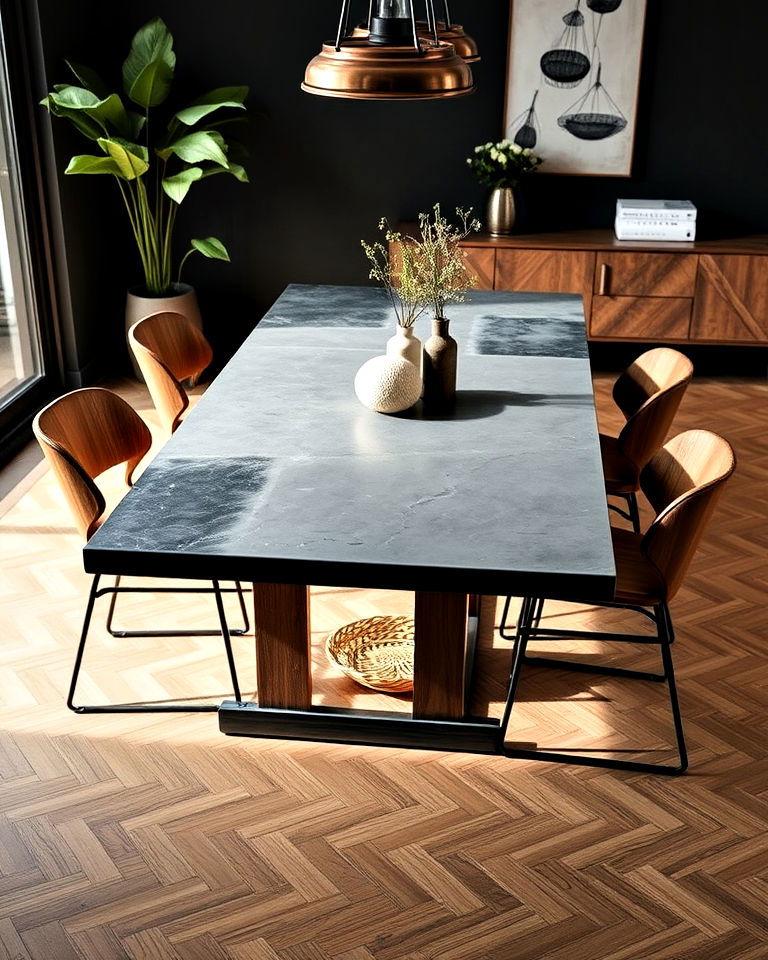
Opt for a dining table with a concrete or metal tabletop for a modern industrial look. These materials are durable and easy to maintain, perfect for daily use in a dining room. Concrete adds a raw, textural element, while metal brings a sleek, reflective quality. Pairing these materials with a wooden or metal base creates a balanced contrast, maintaining the industrial vibe without compromising on practicality. These tabletops are both functional and visually striking.
14. Repurposed Industrial Furniture
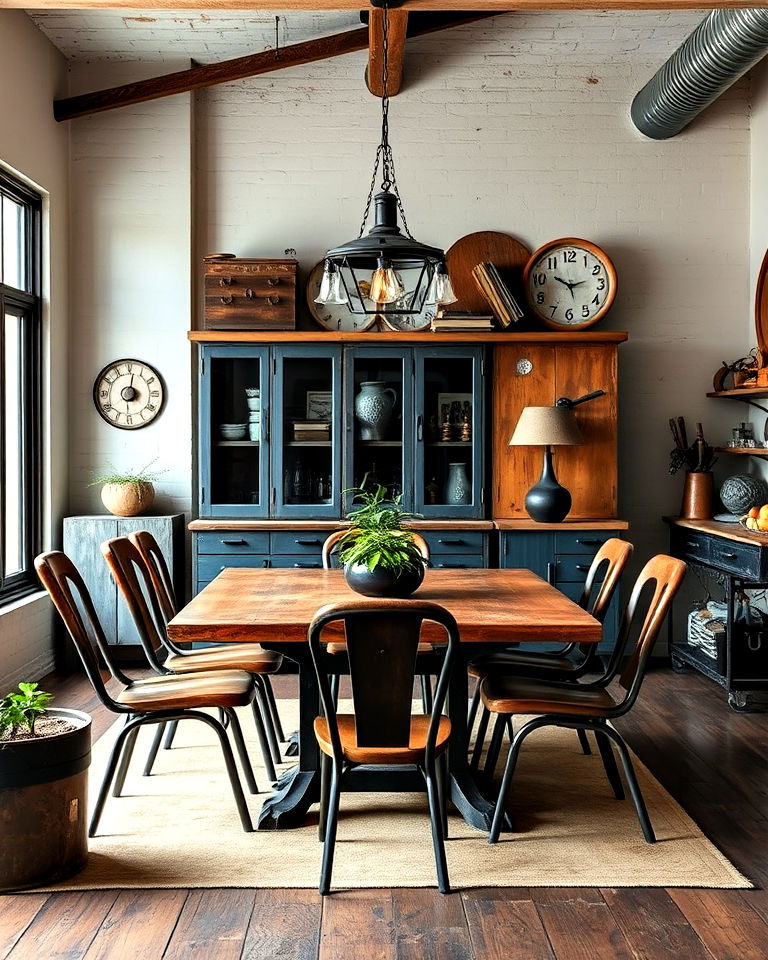
Furniture repurposed from industrial origins—such as factory carts, metal cabinets, or workbenches—brings a sense of history to your dining room. These pieces are not only conversation starters but also add a unique touch to the space. With their rugged, worn-in look, they introduce authenticity and charm. You can pair them with more polished items to create a dynamic balance between old and new, emphasizing the utilitarian roots of industrial design.
15. Textured Rugs
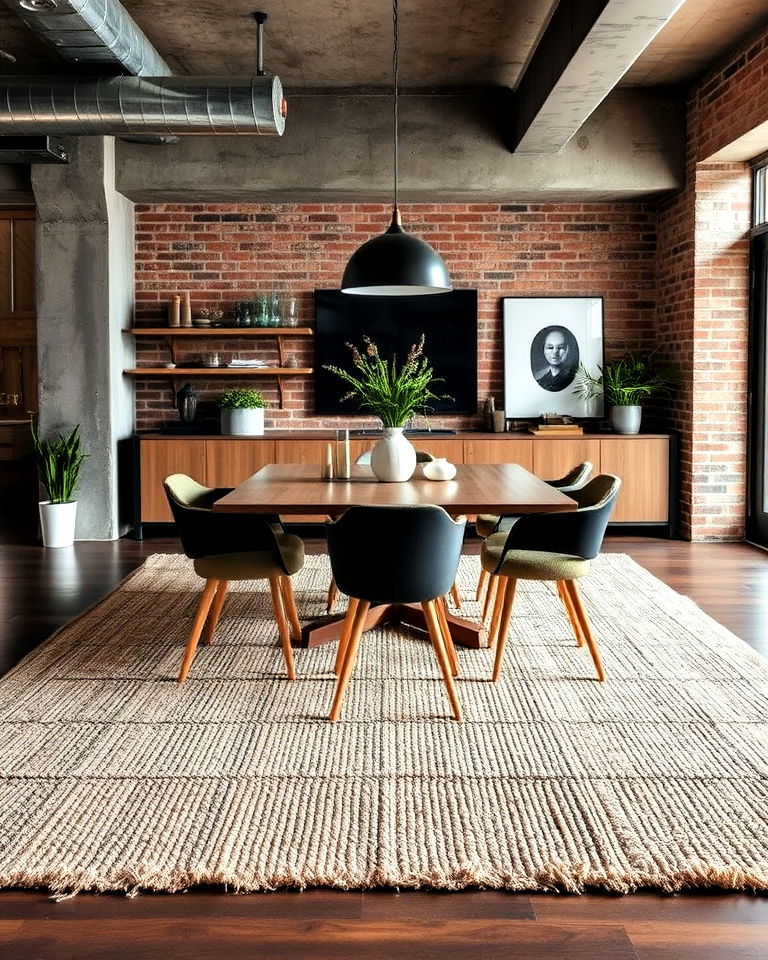
A textured rug, much like those in bedroom rug ideas, can soften the hard materials typically found in industrial dining rooms, like concrete, metal, or brick. Opt for rugs with a rougher weave, natural fibers, or geometric patterns to add visual interest without detracting from the industrial aesthetic. The right rug can create a warm, inviting atmosphere, making the dining space feel cozier and more comfortable. It also helps define the dining area within an open-plan space, anchoring the furniture while adding a tactile element.
16. Caged Light Fixtures
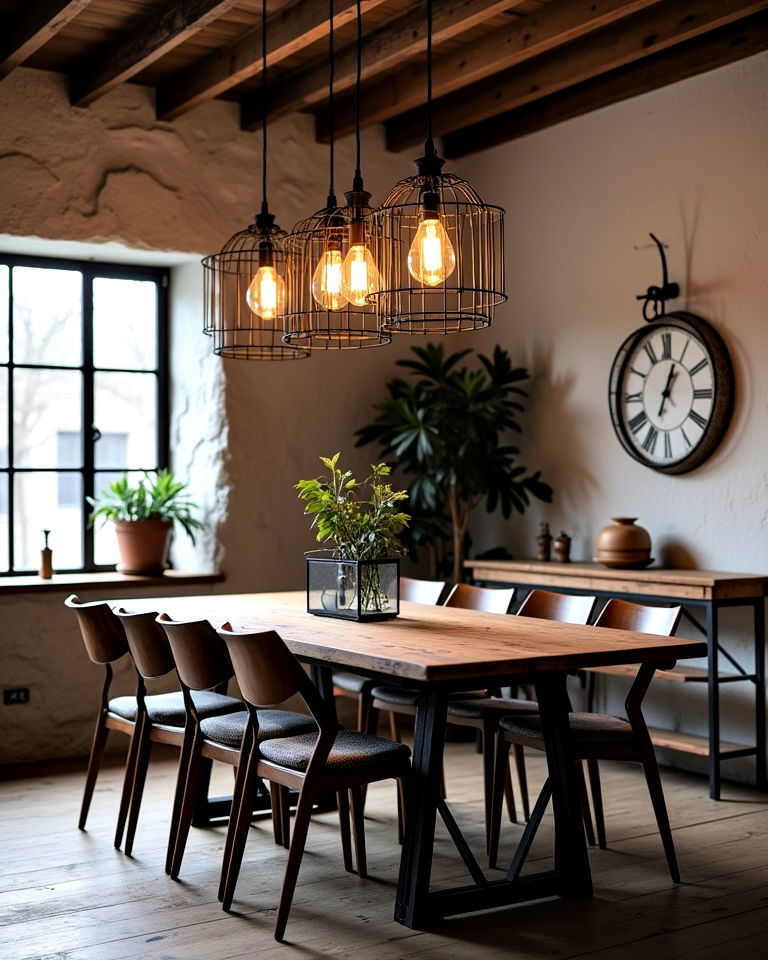
Caged light fixtures, often made of metal, are perfect for adding an industrial edge to your dining room. The exposed bulbs and rugged metal framework reflect the rawness of industrial design, while their open design allows light to spread evenly across the room. Choose oversized caged fixtures for a statement piece or smaller ones to add subtle industrial flair. They pair well with wooden or concrete dining tables, creating a cohesive look that embodies industrial chic.
17. Statement Metal Wall Art
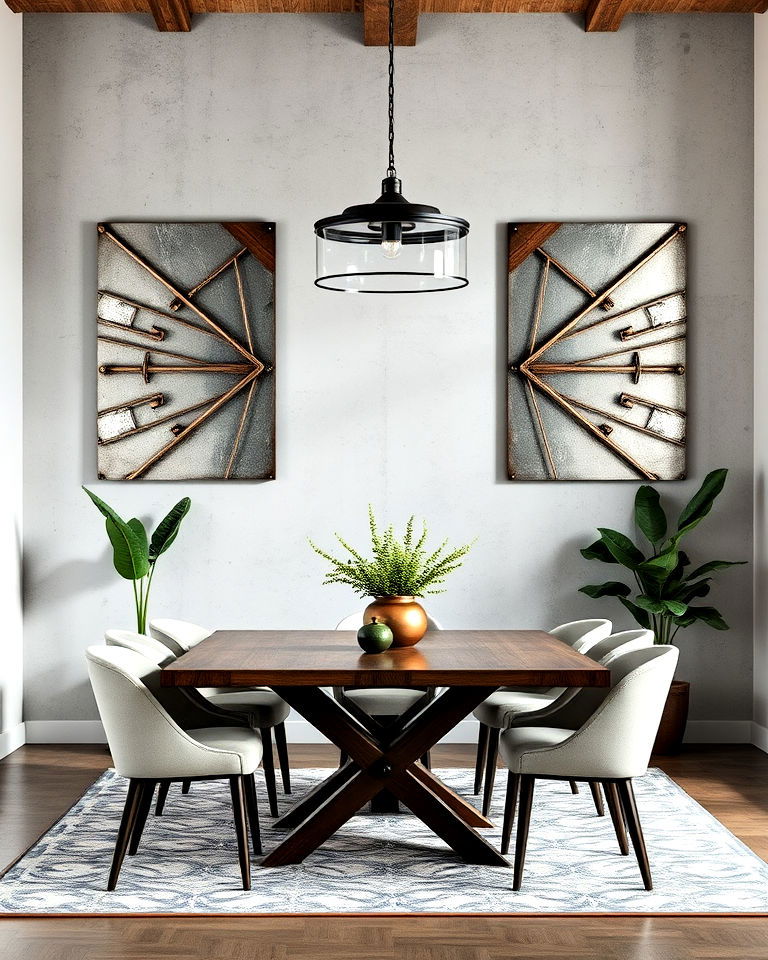
Make a bold statement in your dining room with metal wall art, similar to concepts in bedroom wall decor ideas. These pieces add texture and depth, reflecting the industrial style while providing a modern focal point. Opt for large-scale, geometric designs or intricate, abstract patterns that can command attention. The metallic sheen contrasts beautifully with raw materials like wood and concrete, enhancing the room's industrial vibe. Wall art is an easy way to introduce personality and flair without overwhelming the overall design.
18. Exposed Wooden Beams

Exposed wooden beams bring warmth and texture to an industrial dining room. The natural wood contrasts beautifully with the more rigid materials like metal or concrete, softening the room while maintaining the industrial aesthetic. Beams draw the eye upward, creating a sense of height and spaciousness. Pair them with minimalistic furniture to keep the room feeling open and uncluttered. Exposed beams offer a rustic touch, balancing the rawness of industrial design with organic elements.
19. Factory-Style Windows
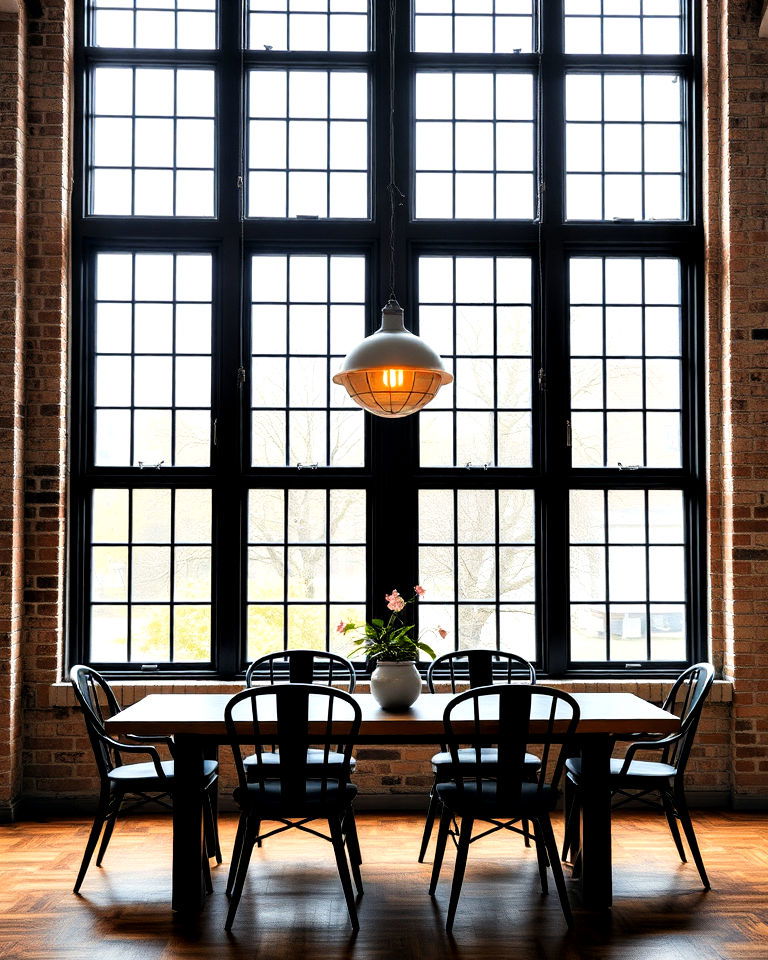
Factory-style windows, with their grid-like black frames, give an industrial dining room a bold architectural feature. These windows let in plenty of natural light, which enhances the room's textures and materials. The grid lines create a striking contrast against exposed brick or concrete walls, emphasizing the industrial aesthetic. Whether large or small, these windows provide a chic, urban touch that evokes the ambiance of a converted loft or industrial space.
20. Industrial Bar Cart
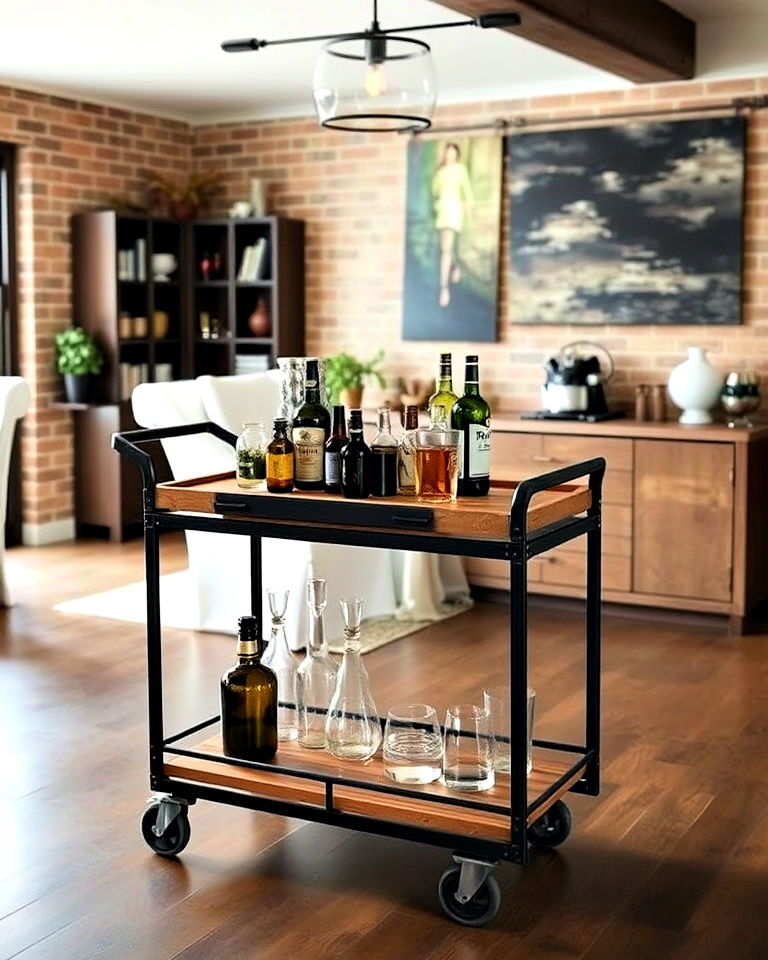
An industrial bar cart, akin to concepts in bedroom bench ideas, is both functional and stylish, adding a practical element to your dining room while maintaining the industrial aesthetic. Choose a cart made of metal with wooden shelves or reclaimed materials to keep with the theme. The cart can be used to store drinks, glassware, or even decorative items, making it a versatile piece that adds mobility and convenience. Its rugged look complements other industrial elements, like exposed brick or metal lighting fixtures.
Conclusion:
Incorporating industrial elements into your dining room creates a timeless space that marries functionality with raw beauty. Key features like exposed brick walls, metal furniture, and open shelving not only offer durability but also maintain an effortlessly cool vibe, as seen in bedroom interior design. These design choices allow for personalization while keeping the space grounded in modernity. By using industrial-style dining room ideas, you achieve a harmonious blend of edgy urban design and cozy warmth, ensuring your space remains both inviting and uniquely stylish.
Key Takeaways:
- Raw Materials Define Industrial Style: Exposed brick, concrete, and metal are the primary elements, creating a rugged yet chic look.
- Balance of Hard and Soft Elements: Combining raw materials like metal and wood with softer elements like rugs or leather ensures a balanced, inviting space.
- Functional and Minimalist Furniture: Metal chairs, repurposed industrial furniture, and open shelving emphasize both functionality and a minimalist aesthetic.
- Bold Lighting and Windows: Large pendant lights and steel-framed windows make a strong visual impact while enhancing natural light.
- Customization and Creativity: Industrial dining rooms offer room for personalization, allowing you to mix vintage and modern elements for a unique look.
What to Do Next:
- Assess Your Space: Identify areas where industrial elements, such as exposed walls or metal fixtures, can be incorporated.
- Choose Core Materials: Focus on incorporating raw materials like brick, concrete, or metal in your design choices.
- Pick Statement Pieces: Look for lighting, furniture, or windows that make a bold impact and tie the room together.
- Add Texture: Introduce softer elements like rugs or leather to balance the hardness of industrial design.
- Experiment with Personalization: Blend industrial with modern or vintage elements to create a space uniquely yours.

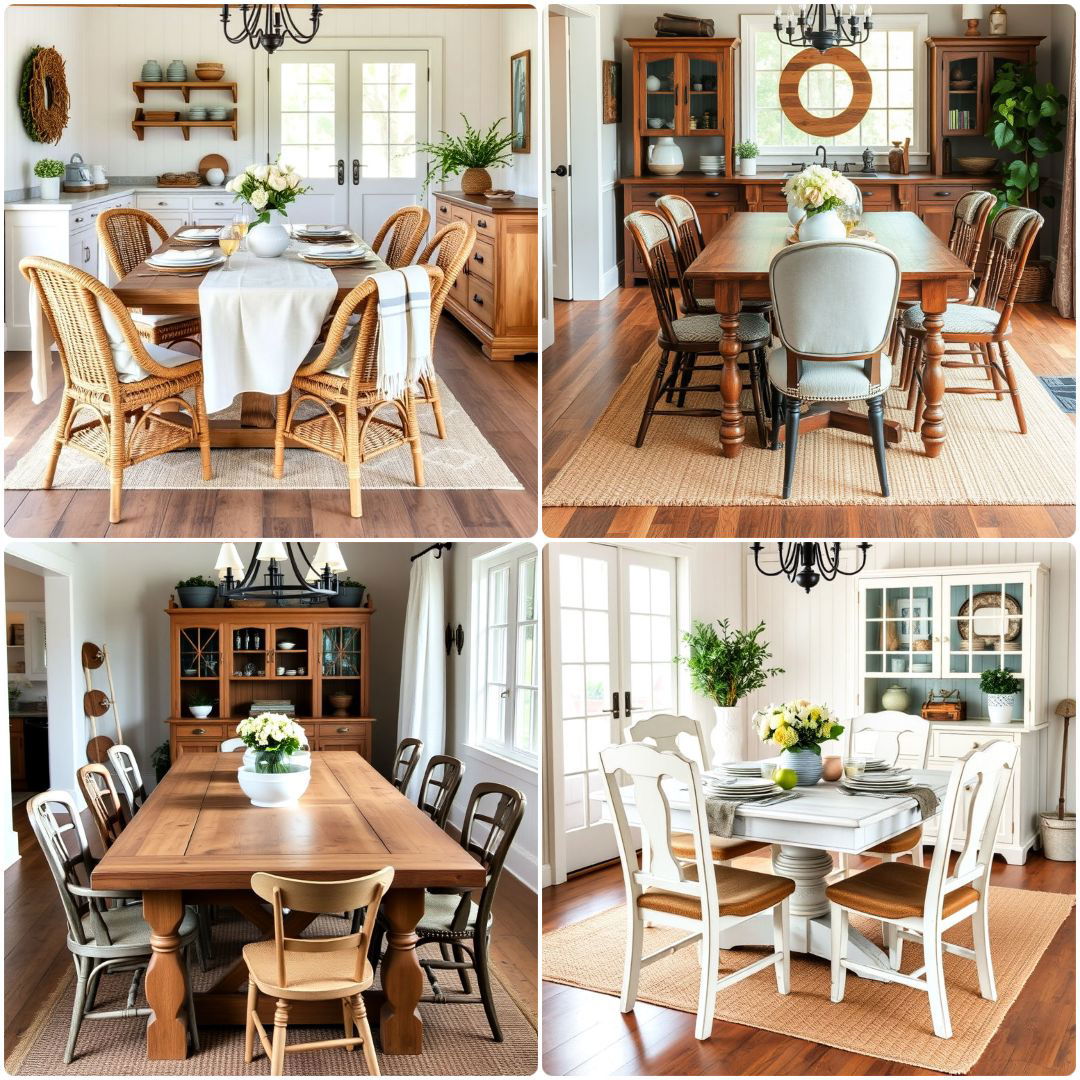
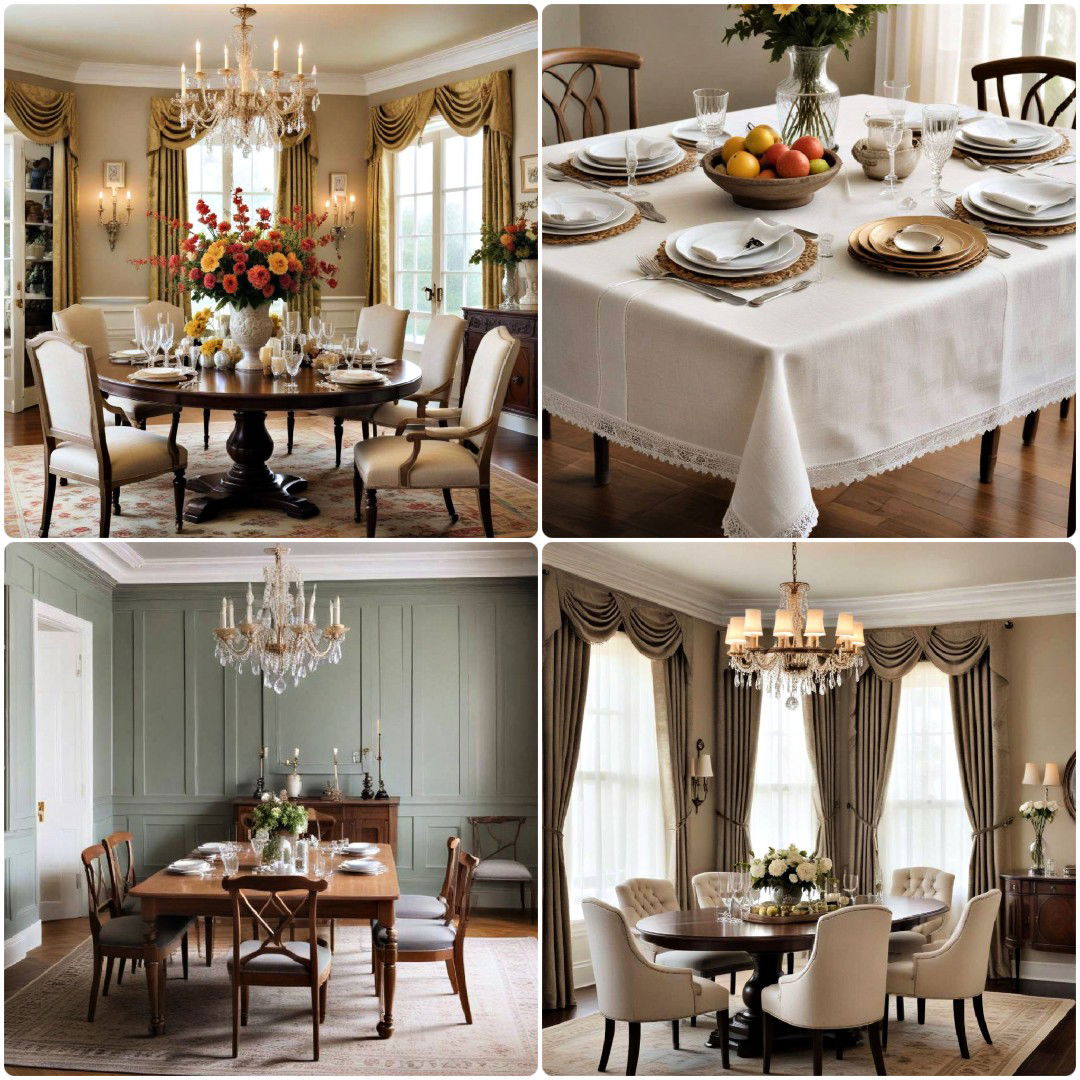
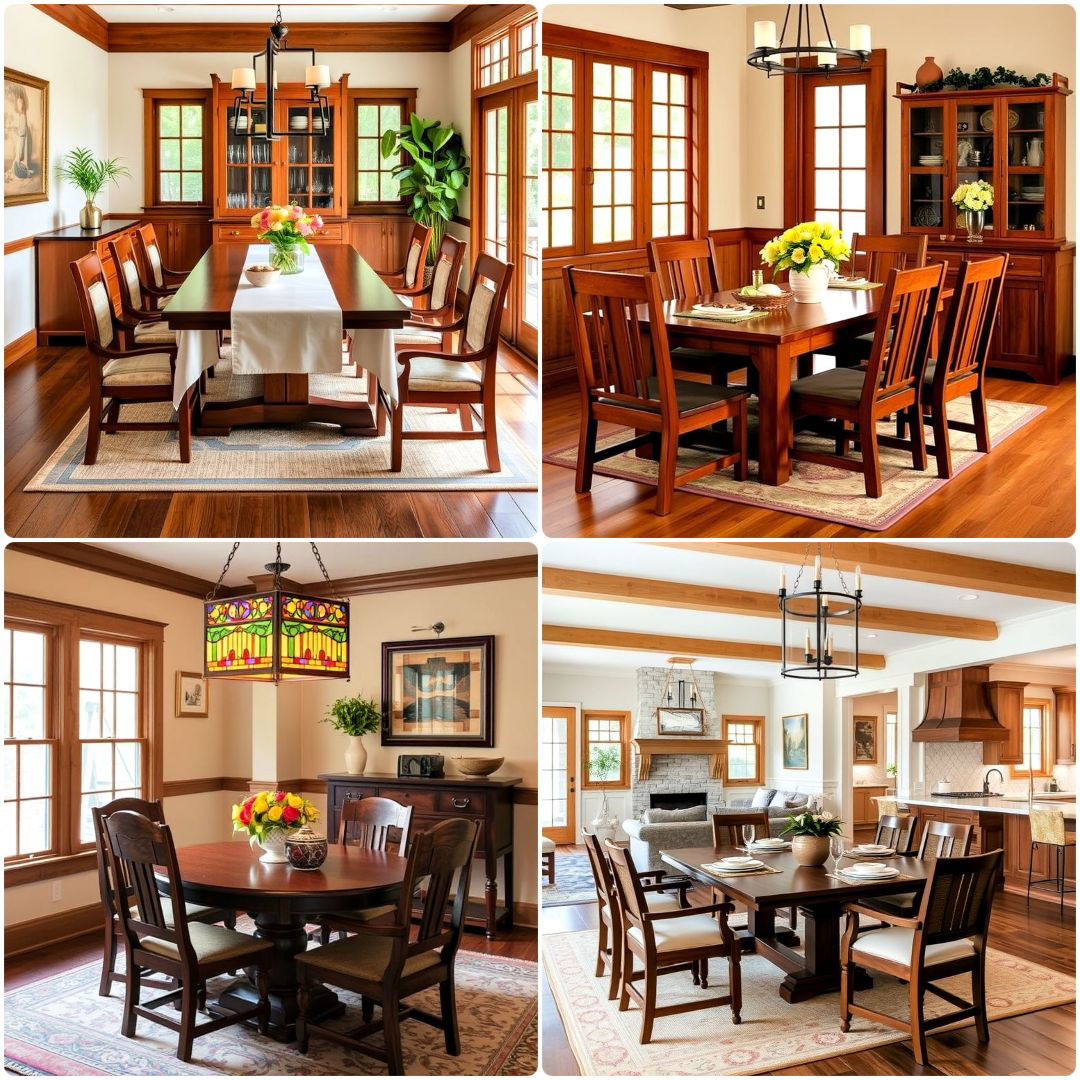
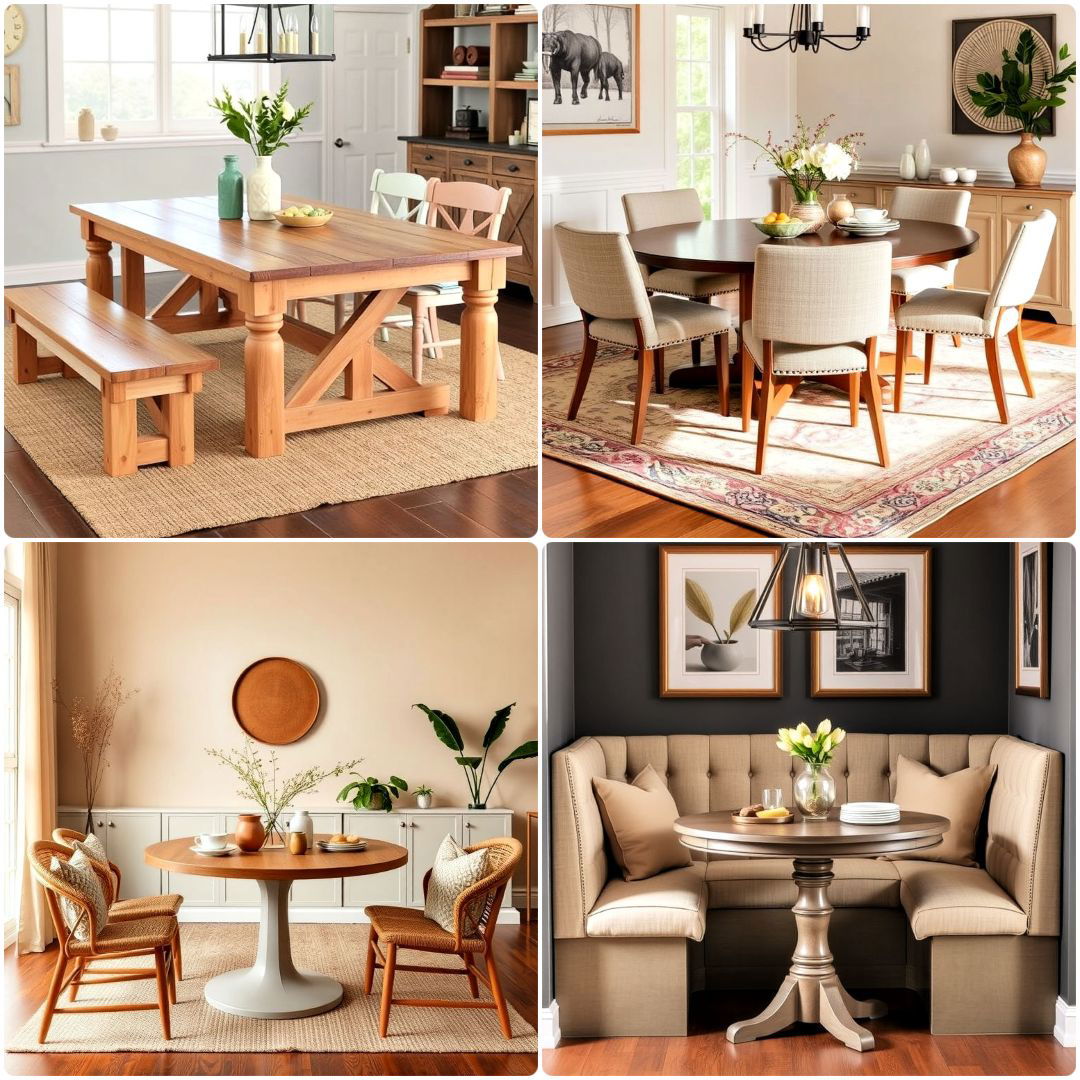
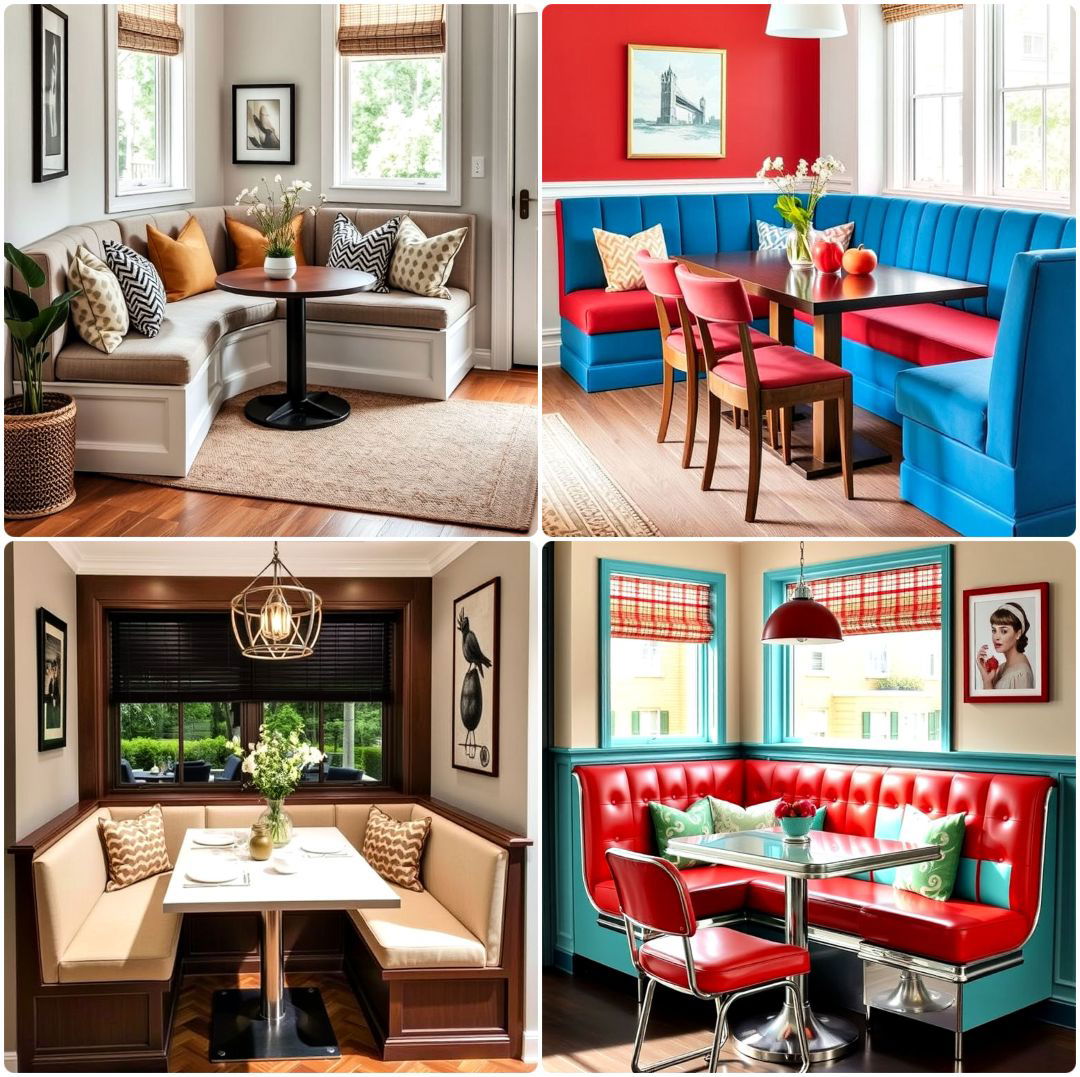
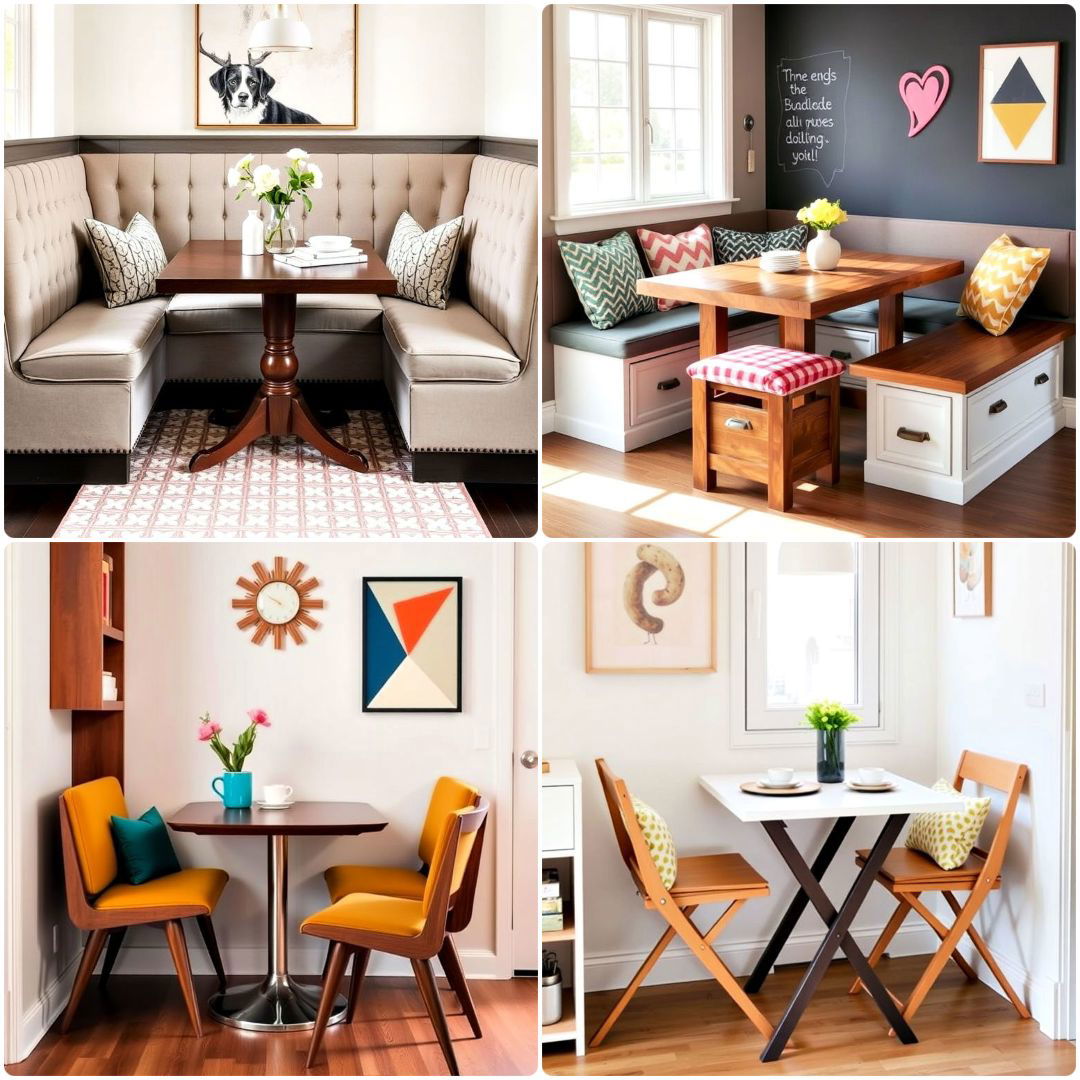
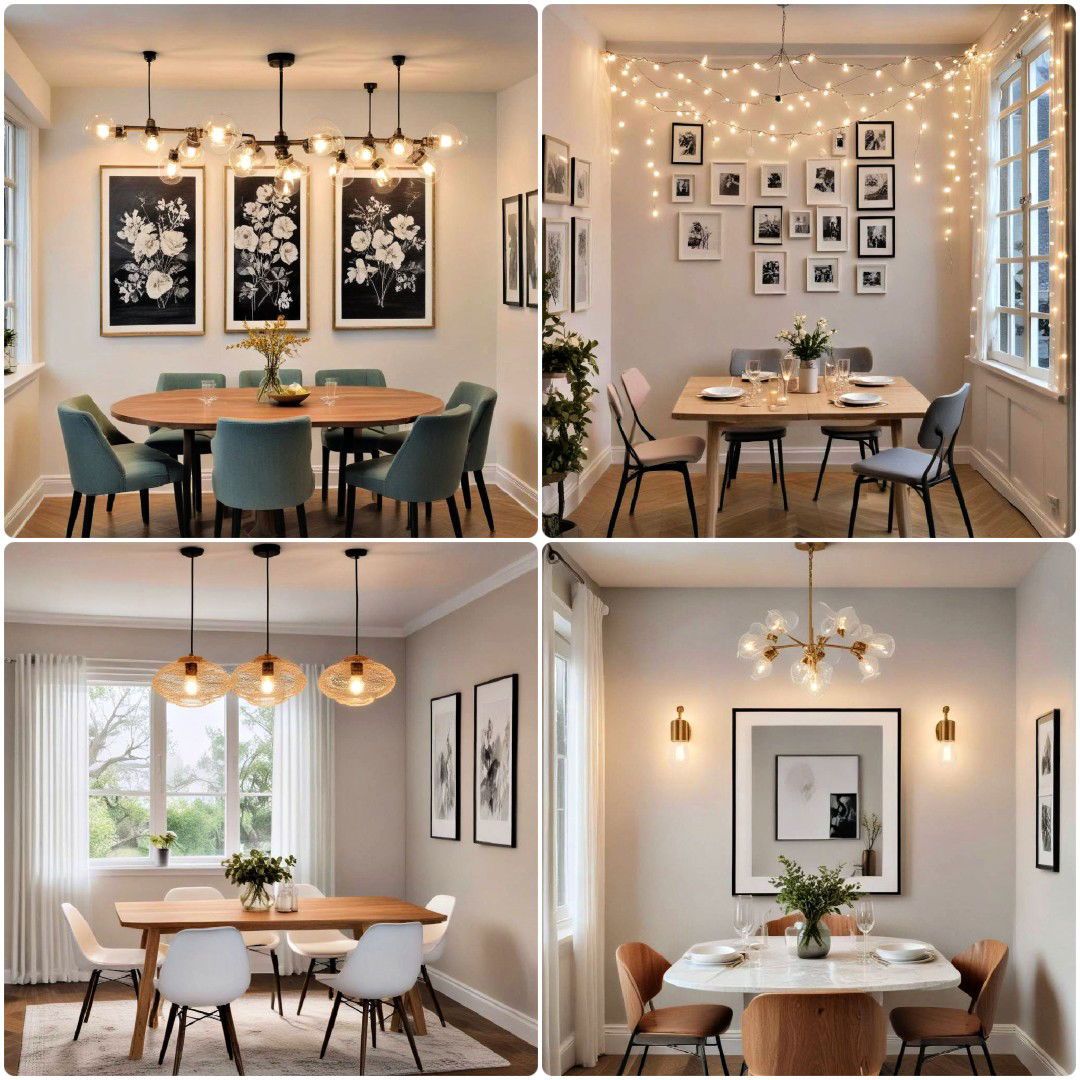
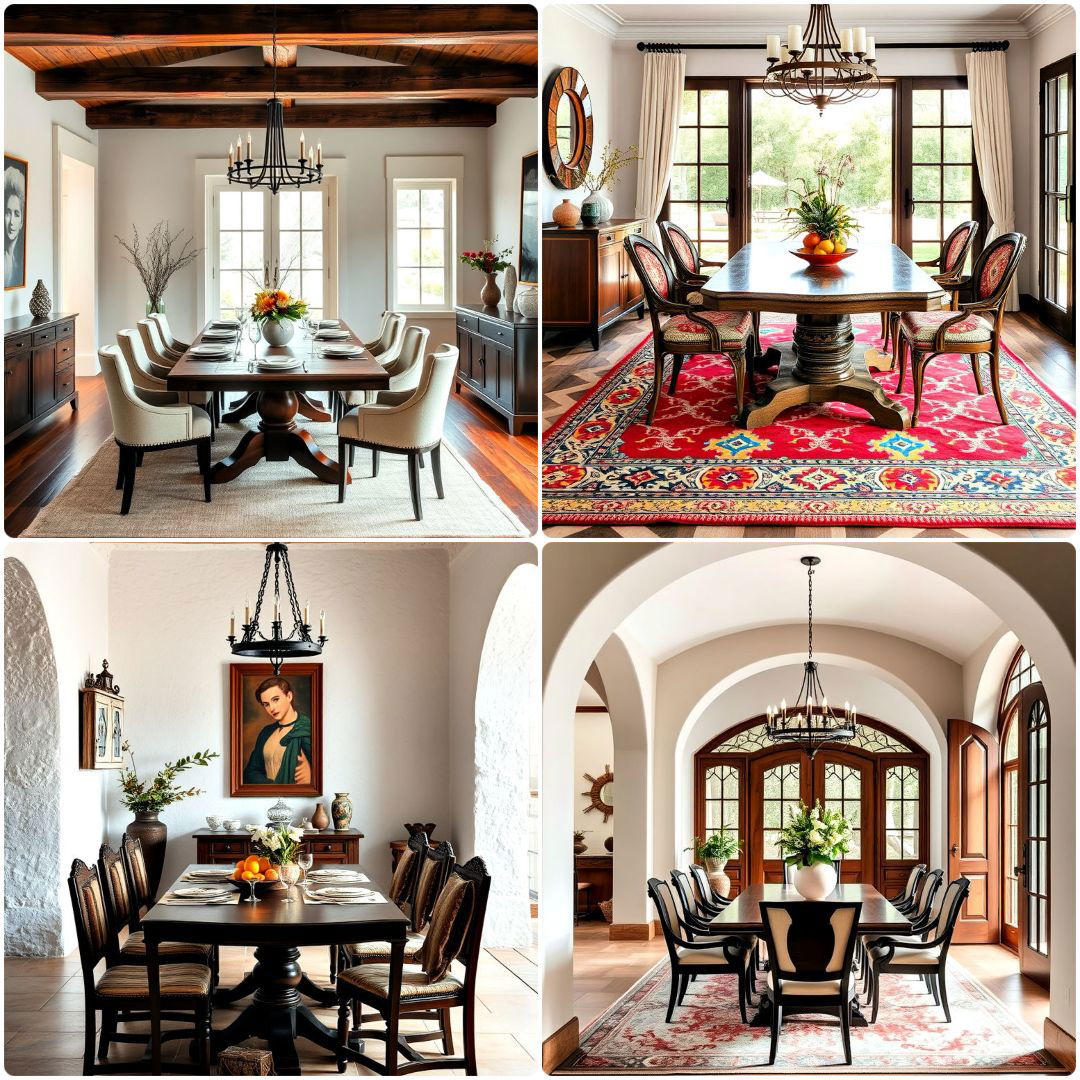
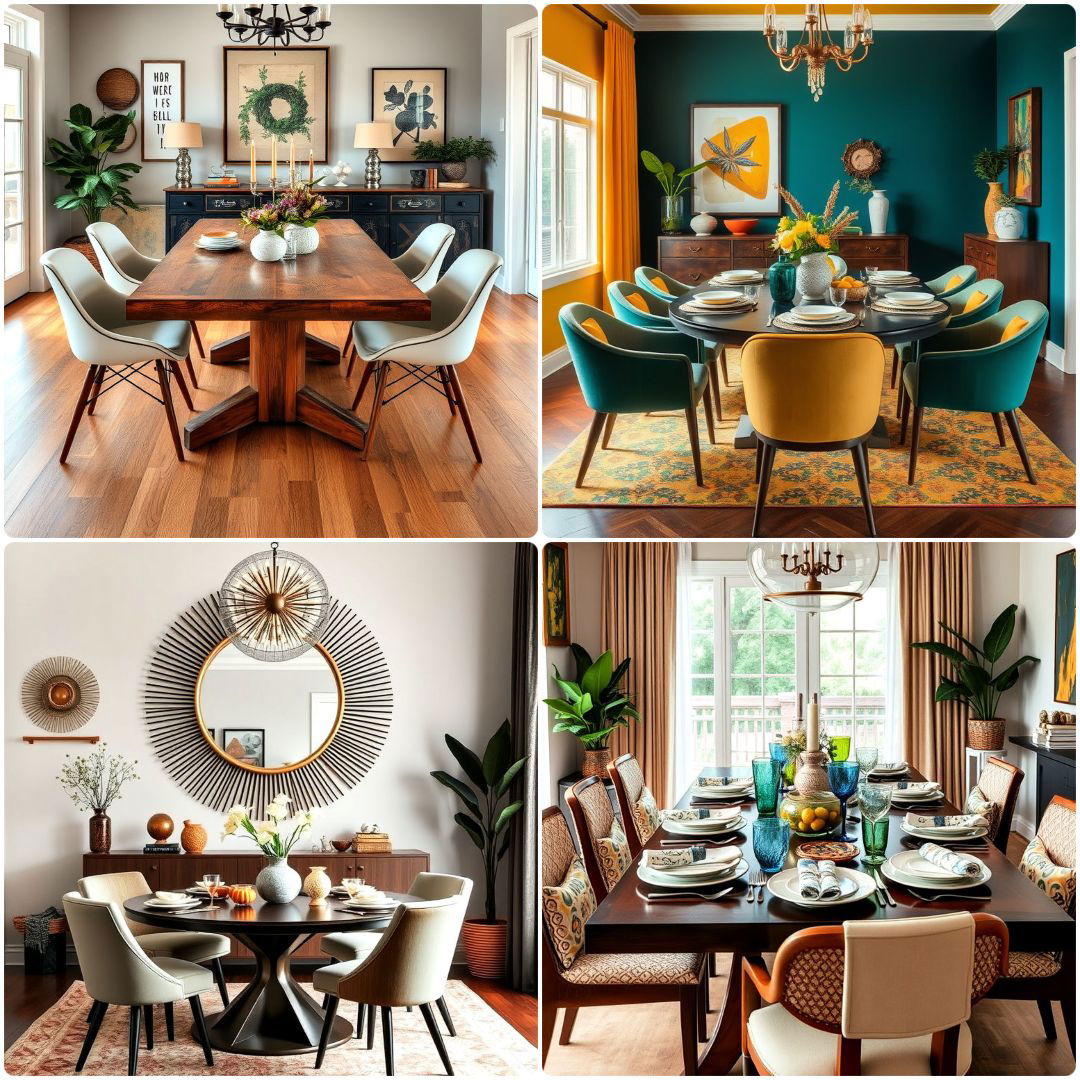
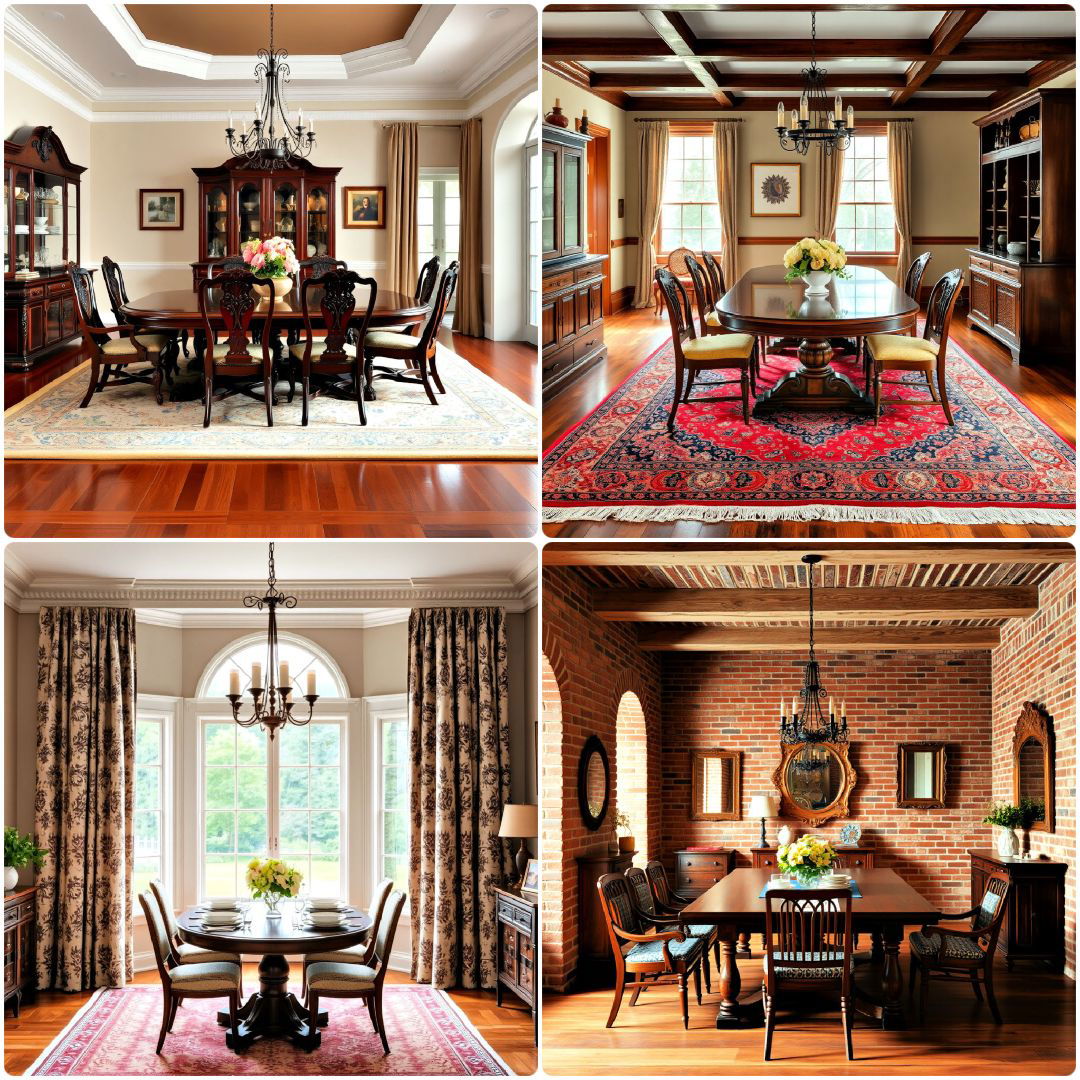
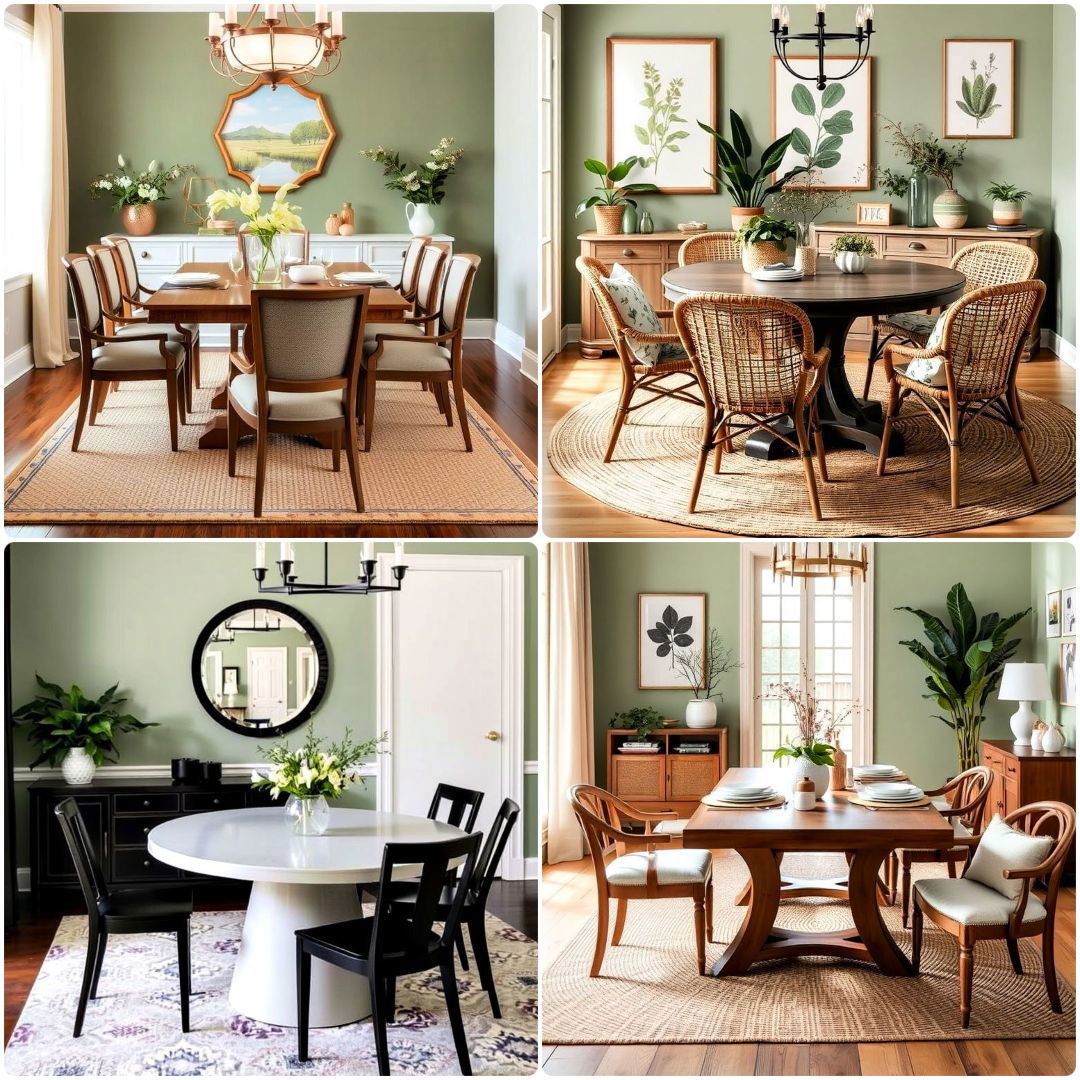
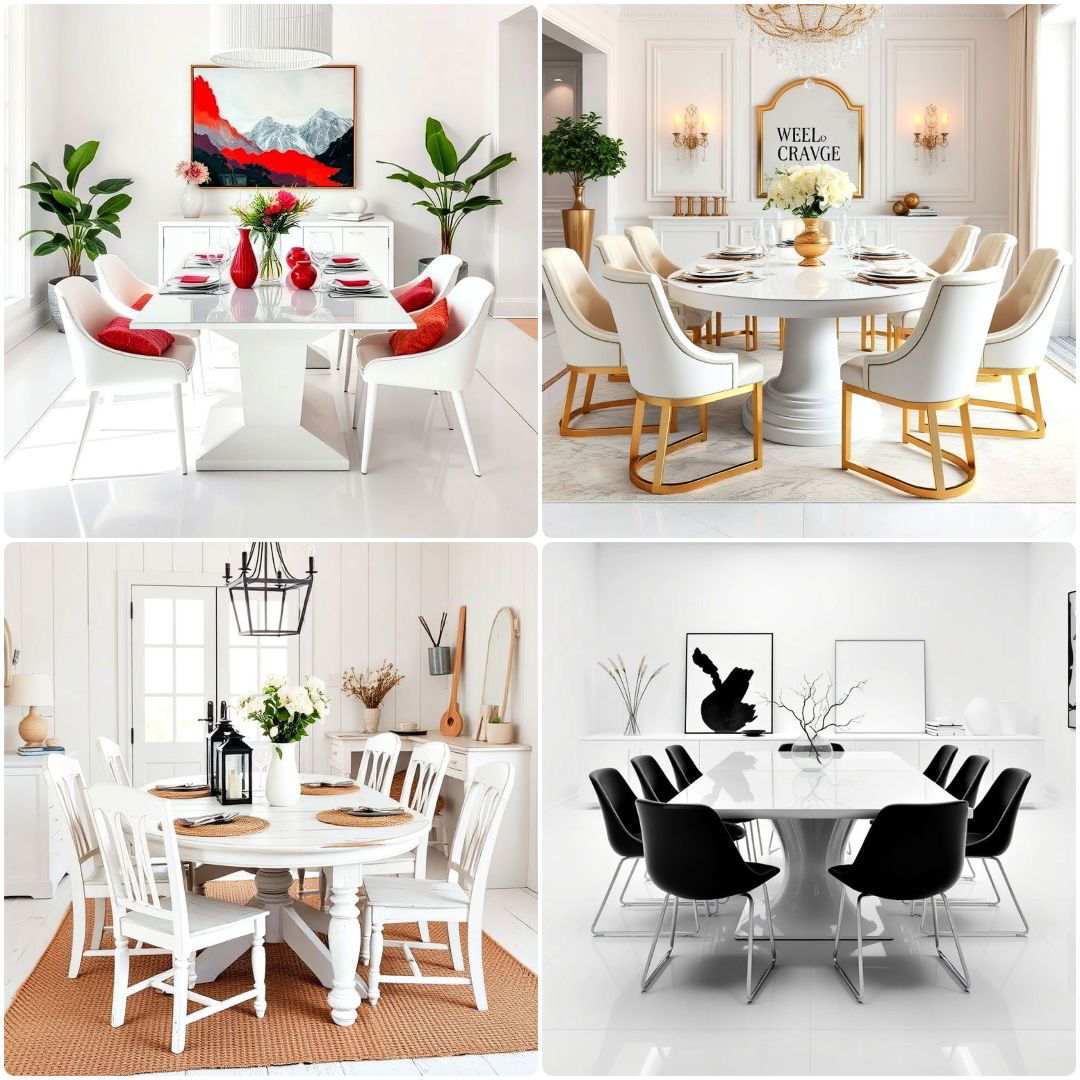
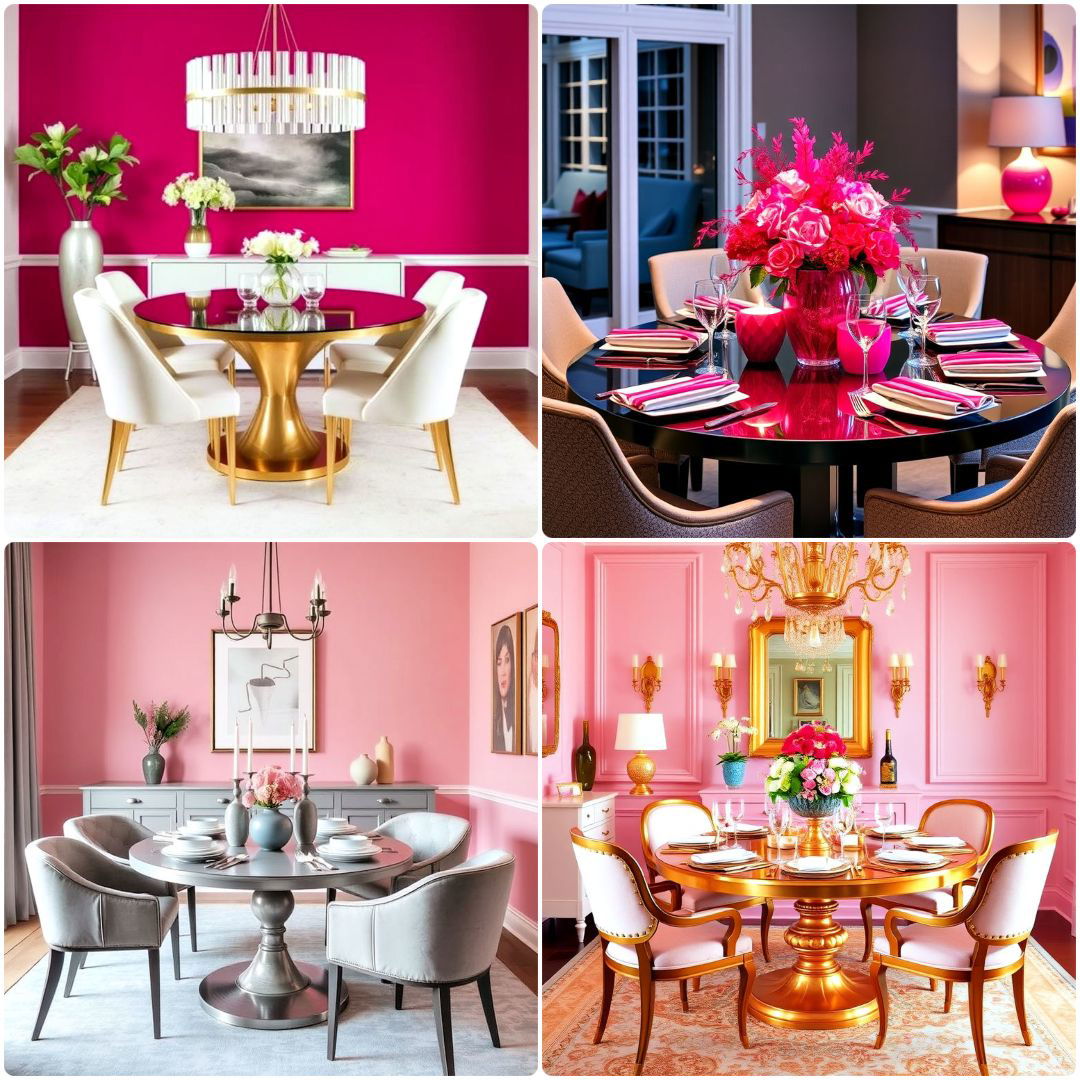
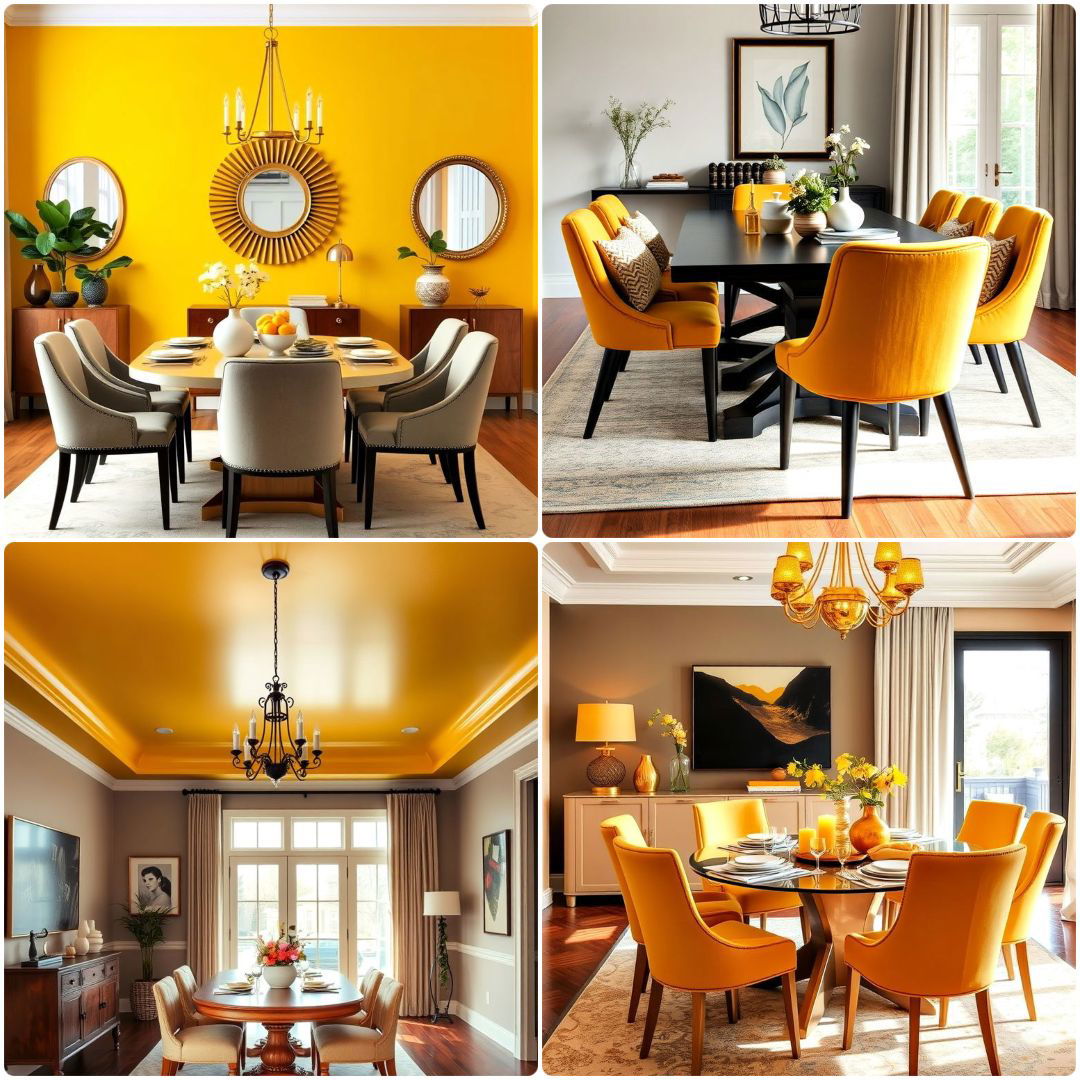
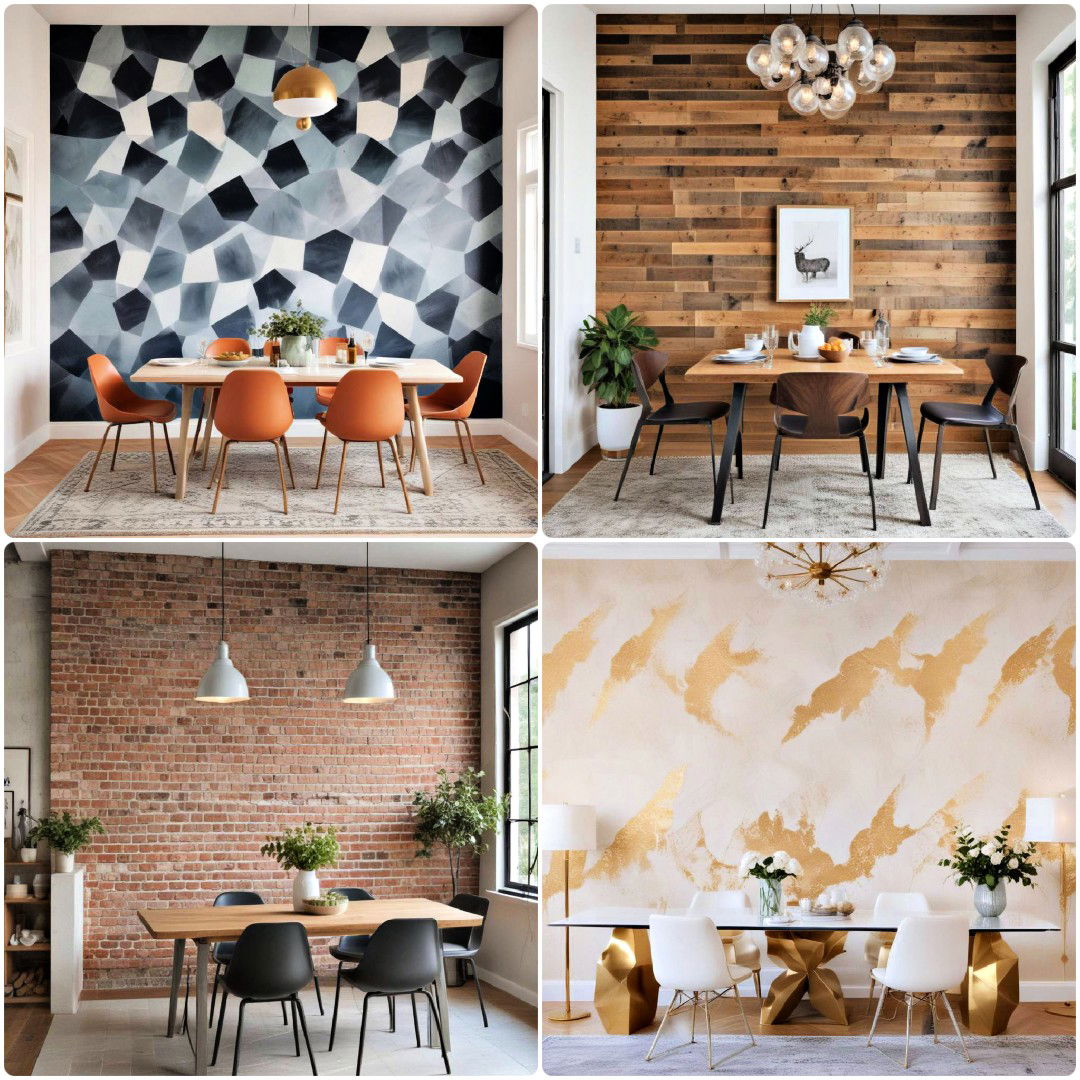

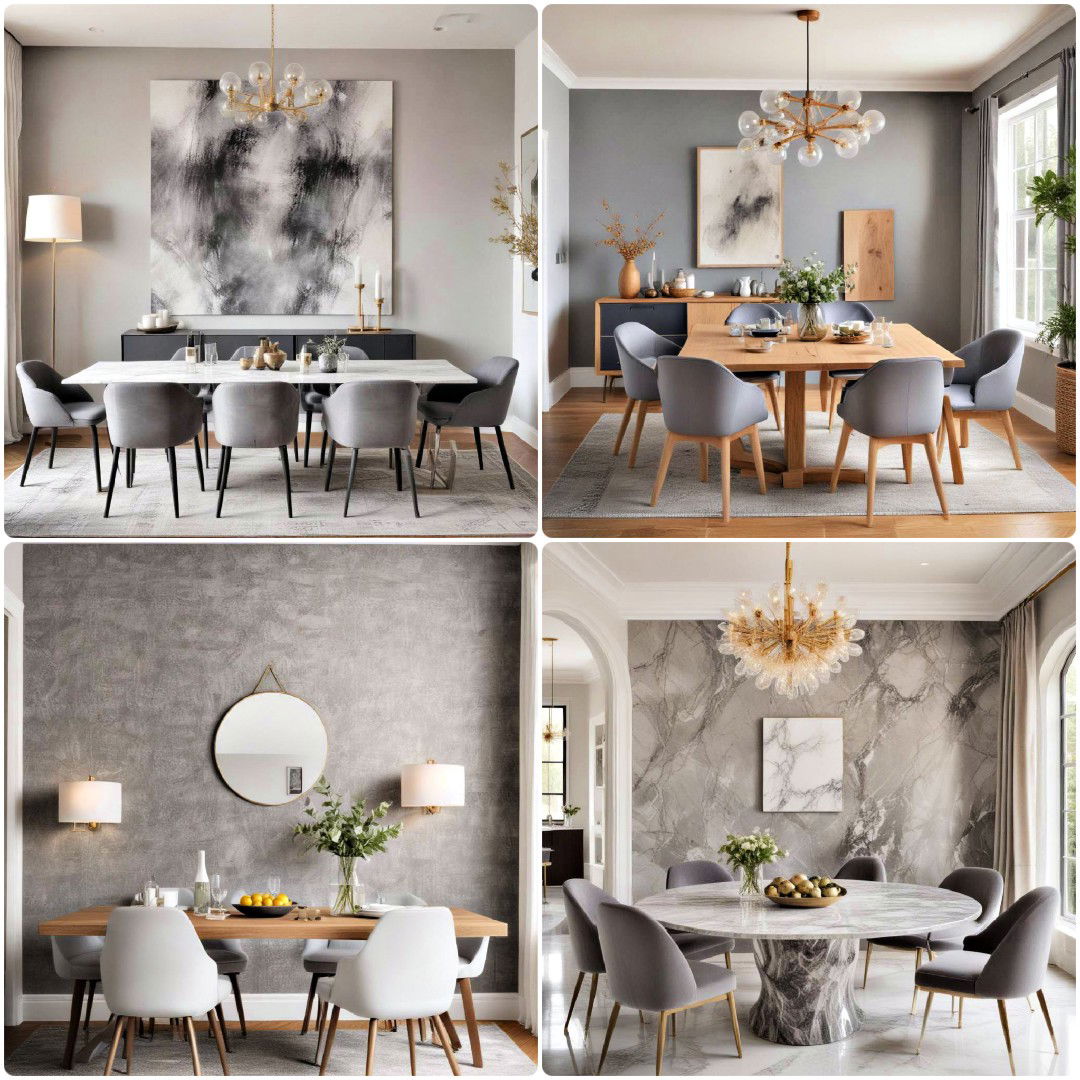
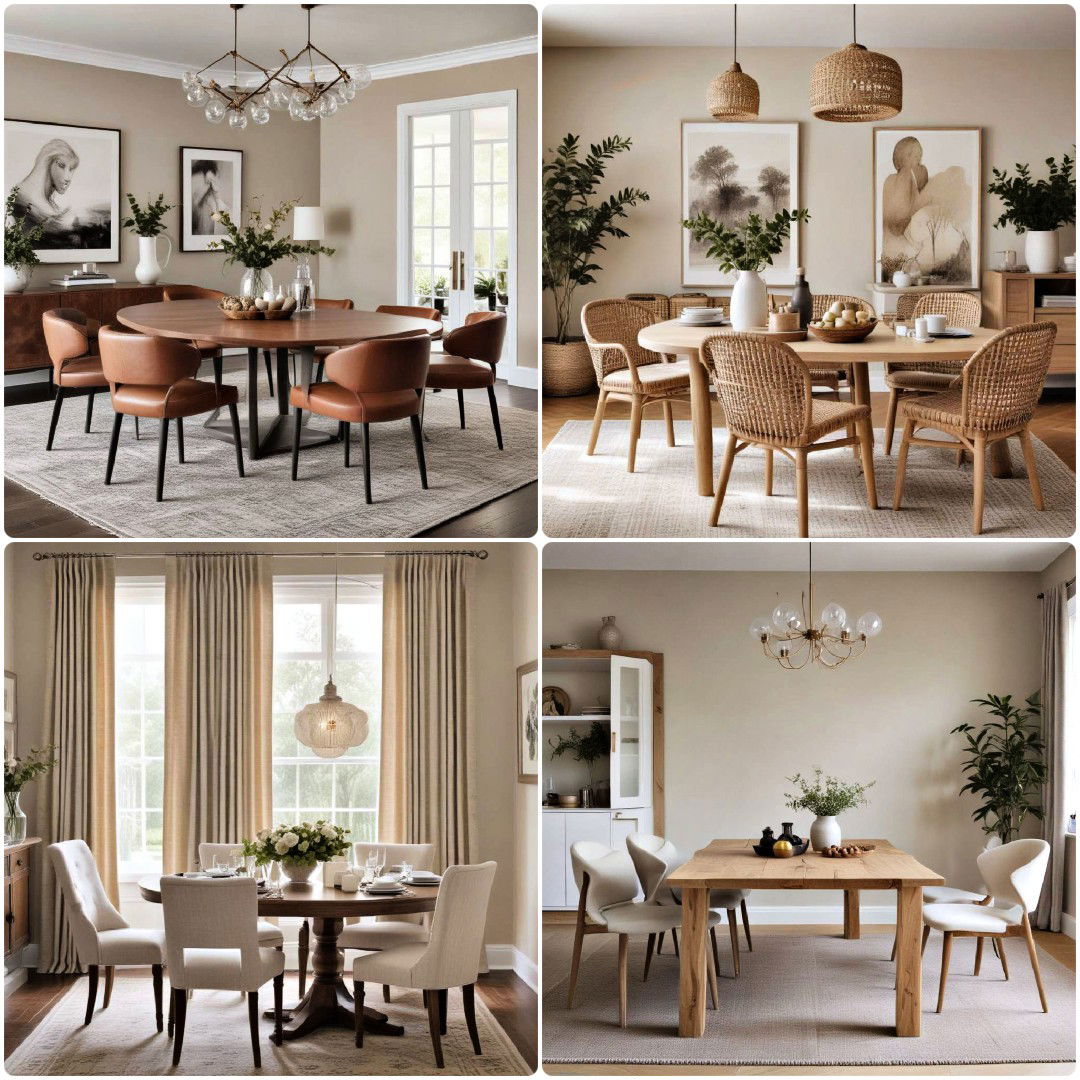
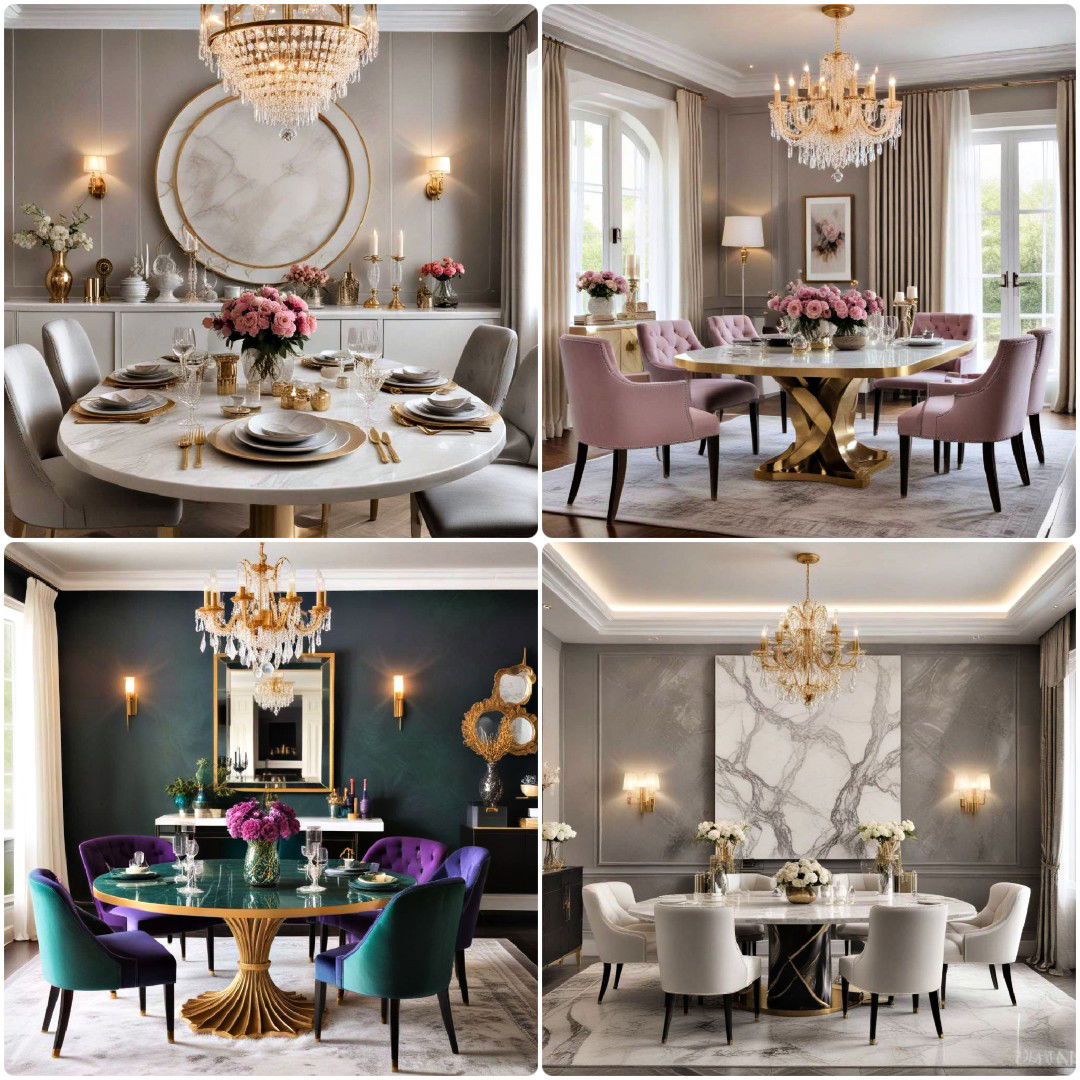
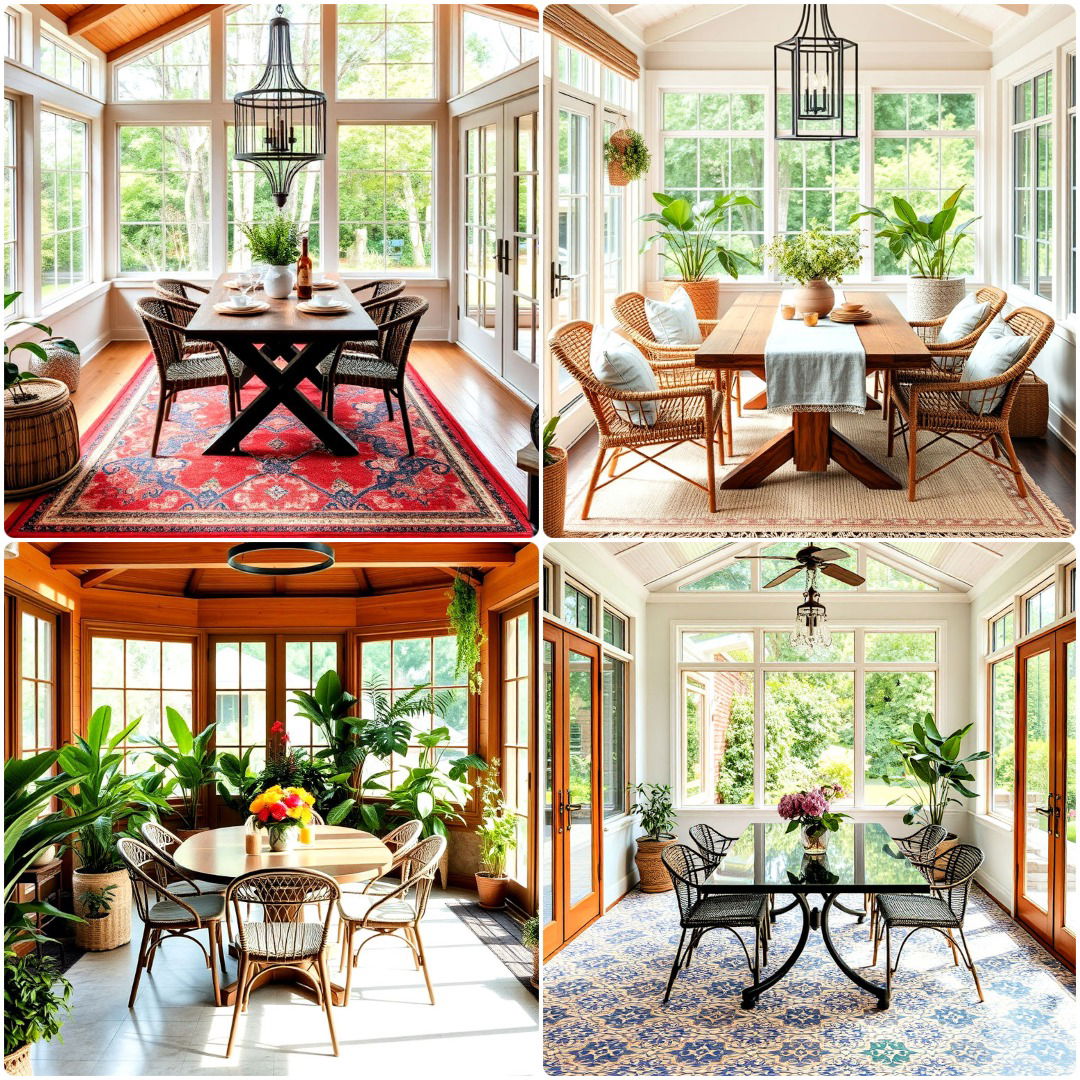
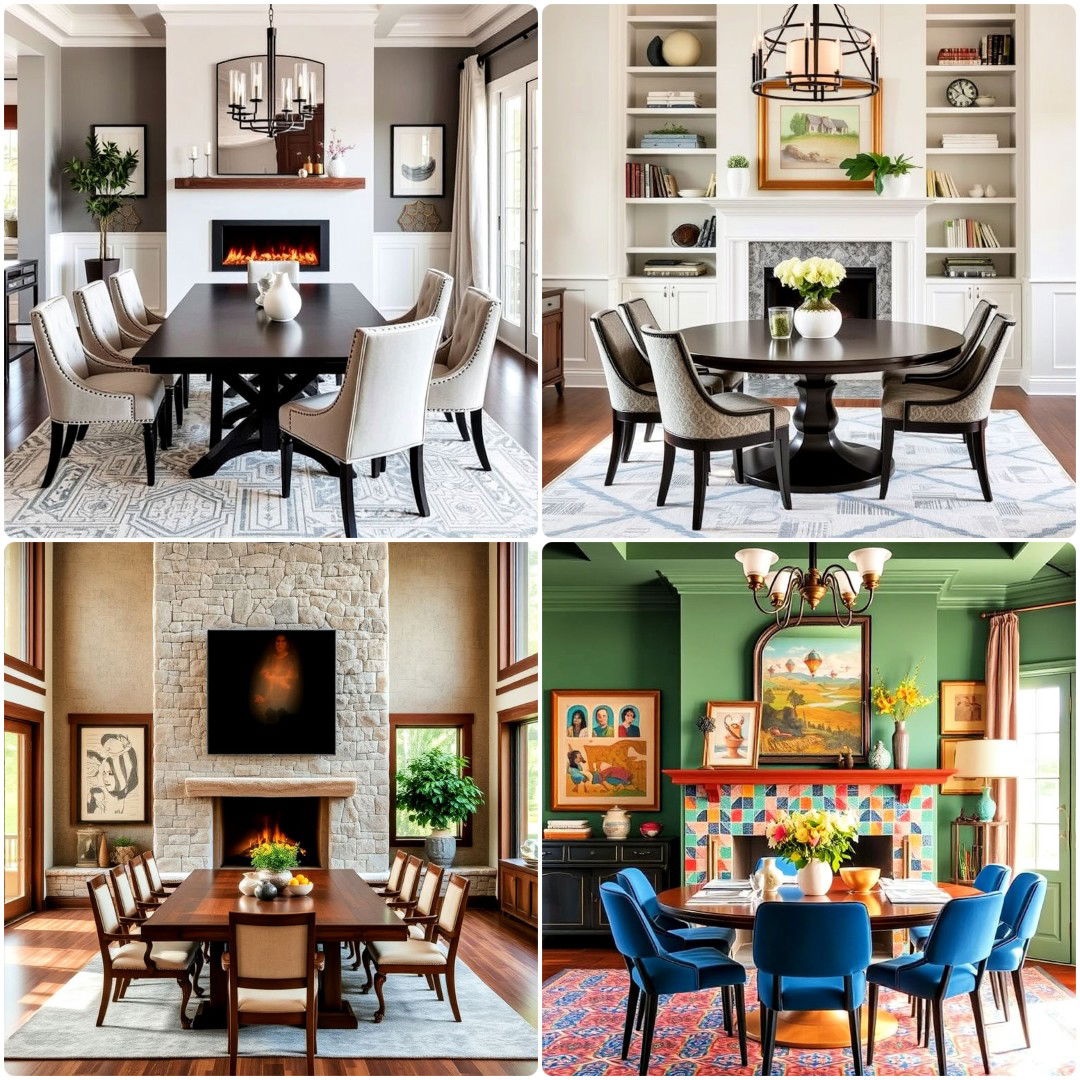
Leave a Reply